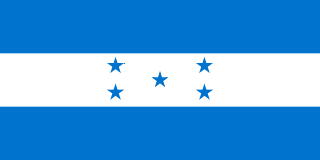
Visa and entry requirements Honduras:
Passport required
No visa is required
Information from the Foreign Office about your trip to Honduras:
https://www.auswaertiges-amt.de/de/hondurassicherheit/221078
Honduras is a country in Central America with around 9.5 million inhabitants. It borders El Salvador in the southwest, Nicaragua in the southeast, Guatemala in the northwest, the Caribbean Sea in the north and the North Pacific in the south.
Honduras is located at the widest point in Central America and is mostly very mountainous. The highest peak in the country is the mountain “Cerro Las Minas” at 2,870 meters high. In the southwest of Honduras, on the Gulf of Fonseca, there are numerous volcanic islands.
The Rio Patuca is the longest river in the country and the second longest in all of Central America, but the economically most important river is the Rio Ulua.
Honduras has a tropical climate all year round, which is why tropical cyclones are not uncommon on the Caribbean coast and can cause significant damage.
Honduras has the largest contiguous rainforest in Central America, and the country also has further natural wealth with the world's largest coral reef ecosystem.
Almost 50% of the land area of Honduras is covered by forest, which is also home to crocodiles, snakes, lizards, jaguars, parrots, monkeys and pumas, among others.
Of the country's more than 9 million inhabitants, half live below the poverty line, 20% of whom are illiterate and some tribes of river Indians even live in the forests as hunters and gatherers. After the Caribbean state of Haiti, Honduras is the second poorest country in Latin America.
The official language of the country is Spanish and the national currency is the Honduran Lempira, where 1 euro corresponds to around 27 HNL with a fluctuating exchange rate.
Honduras is one of the most unsafe countries in the world, especially in the big cities. The reason is usually various fights between rival youth gangs. The state has the second highest homicide rate in the world, while the city of San Pedro Sula on the Caribbean coast, which has been ranked number one for years, is the most dangerous city in the world.
Other larger cities in the country include Tegucigalpa, La Ceiba, Choloma, El Progreso, Comayagua, Choluteca and Villanueva.
The main export goods in the Honduran economy are bananas, coffee, meat and wood, and the country also has rich deposits of silver, zinc and lead.
A growing source of income is the ever-increasing tourism. Particularly popular with mostly foreign visitors are the three offshore Caribbean islands of Isla de la Bahia, with the islands of Utila, Guanaja and Roatan, as well as the large excavation site of the Mayan ruins in Copan, which are over a thousand years old.
The capital of Honduras and also the largest city in the country is Tegucigalpa with almost a million inhabitants. The name of the capital comes from the Mayans and means something like silver mountain.
The most important sights in Tegucigalpa include the Basilica of the Blessed Virgin Mary of Suyapa, the Cathedral of St. Michael, the La Leona Park with the beautiful view of the old town, the Villaroy Museum, the former Presidential Palace, the Museum of National Art, the National University, Tigra National Park, Picacho Hill with Christ Monument, Zoo, Cathedral HI. Archangel Michael, the Science Park and the Church of San Francisco - also the oldest building in the city.
In June 2014 I traveled to Honduras for the only time so far. On my big tour through all the countries in Central America, the country was my fifth stop. I started early in the morning by bus from San Salvador and reached the outskirts of the capital after around five hours.
Since the violence in Tegucigalpa threatened to escalate during my week of travel due to numerous street fights and several travel warnings were issued, I had to change my plan the day before.
Instead of a two-day visit to the capital, I took another bus from the suburbs of Tegucigalpa to Managua in the late afternoon. Unfortunately, this also meant that my city tour of Tegucigalpa was canceled, but my personal safety was more important to me at that time, especially since some groups of tourists had been robbed and threatened the previous week.
After actually seeing next to nothing of the city, I looked even more attentively at the beautiful green highlands of Honduras. An hour-long journey, up and down hills, can also be somehow exciting.
Finally, in the evening I crossed the border with Nicaragua.
After the high crime rate has decreased significantly in recent years, Honduras has seen a steady increase in tourist numbers. Although the country is still one of the world's lesser-known travel destinations, Honduras, with its beautiful coral islands, mystical Mayan sites and various indigenous peoples in the jungle, offers a rich variety of things to do for every visitor.
One day I would like to travel to Honduras again and catch up on a few things along the way.

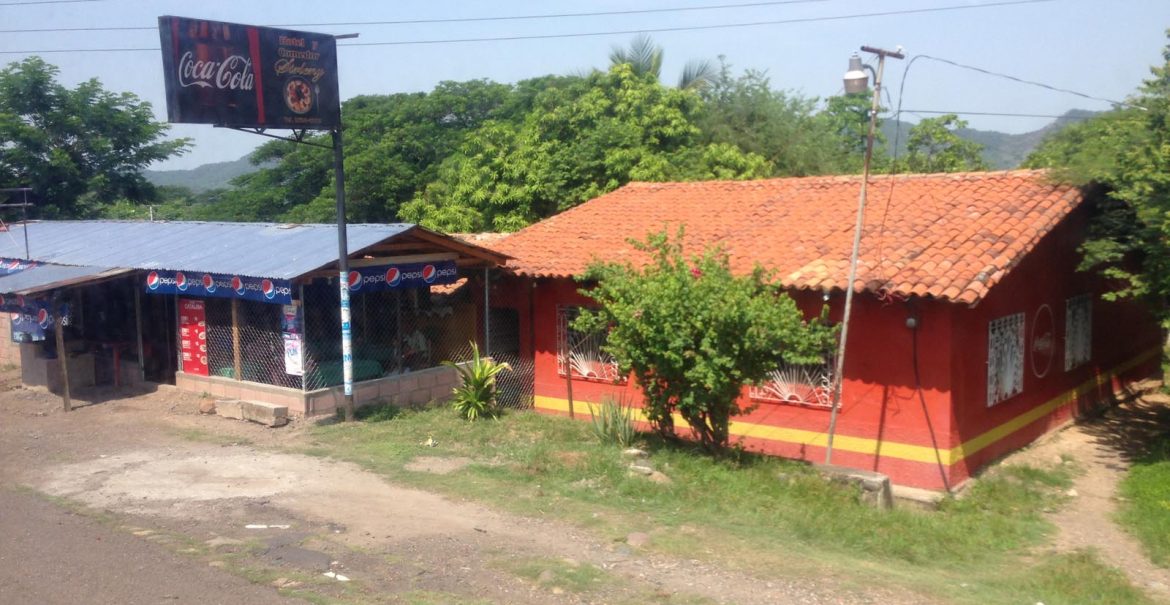
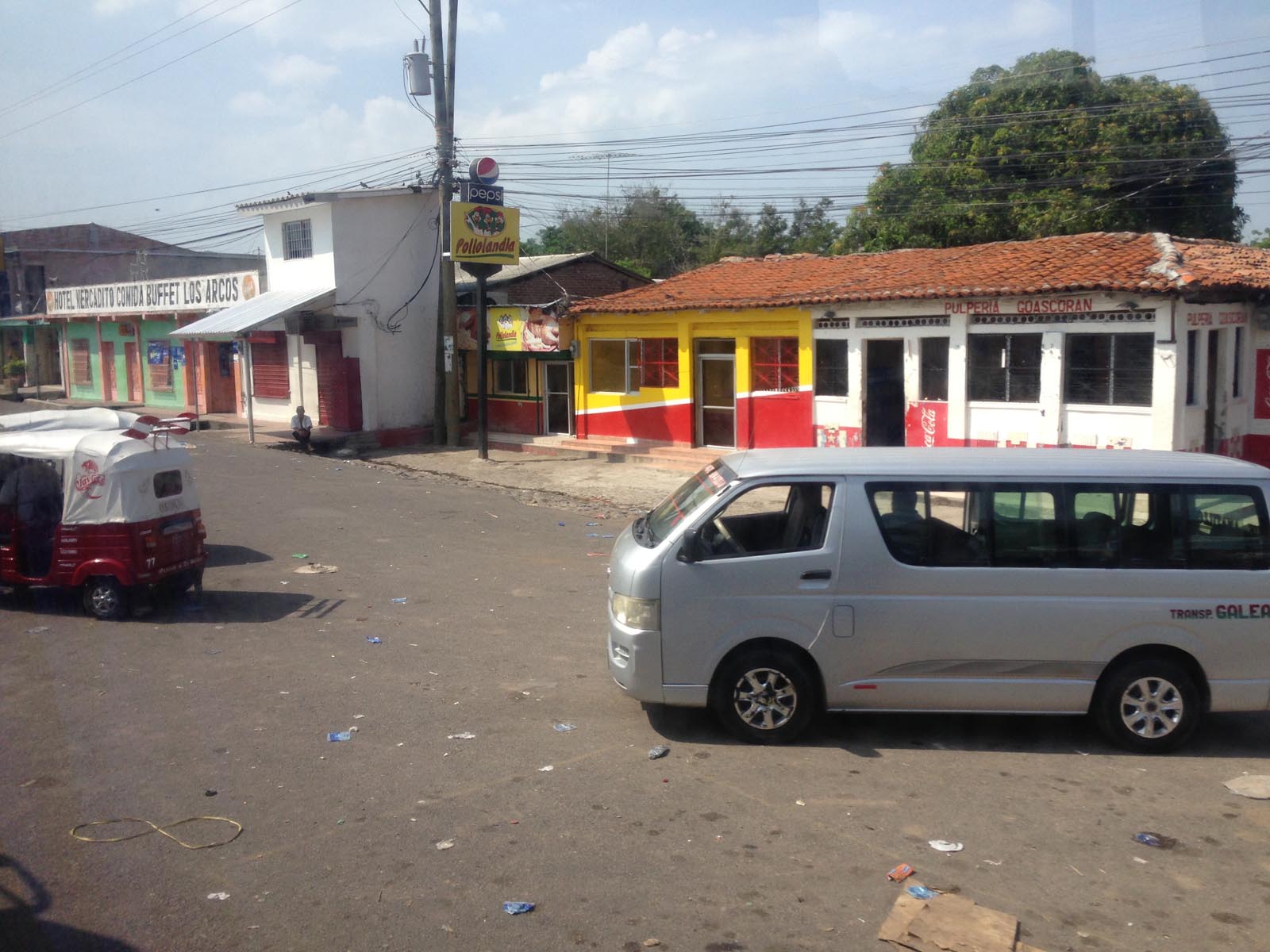
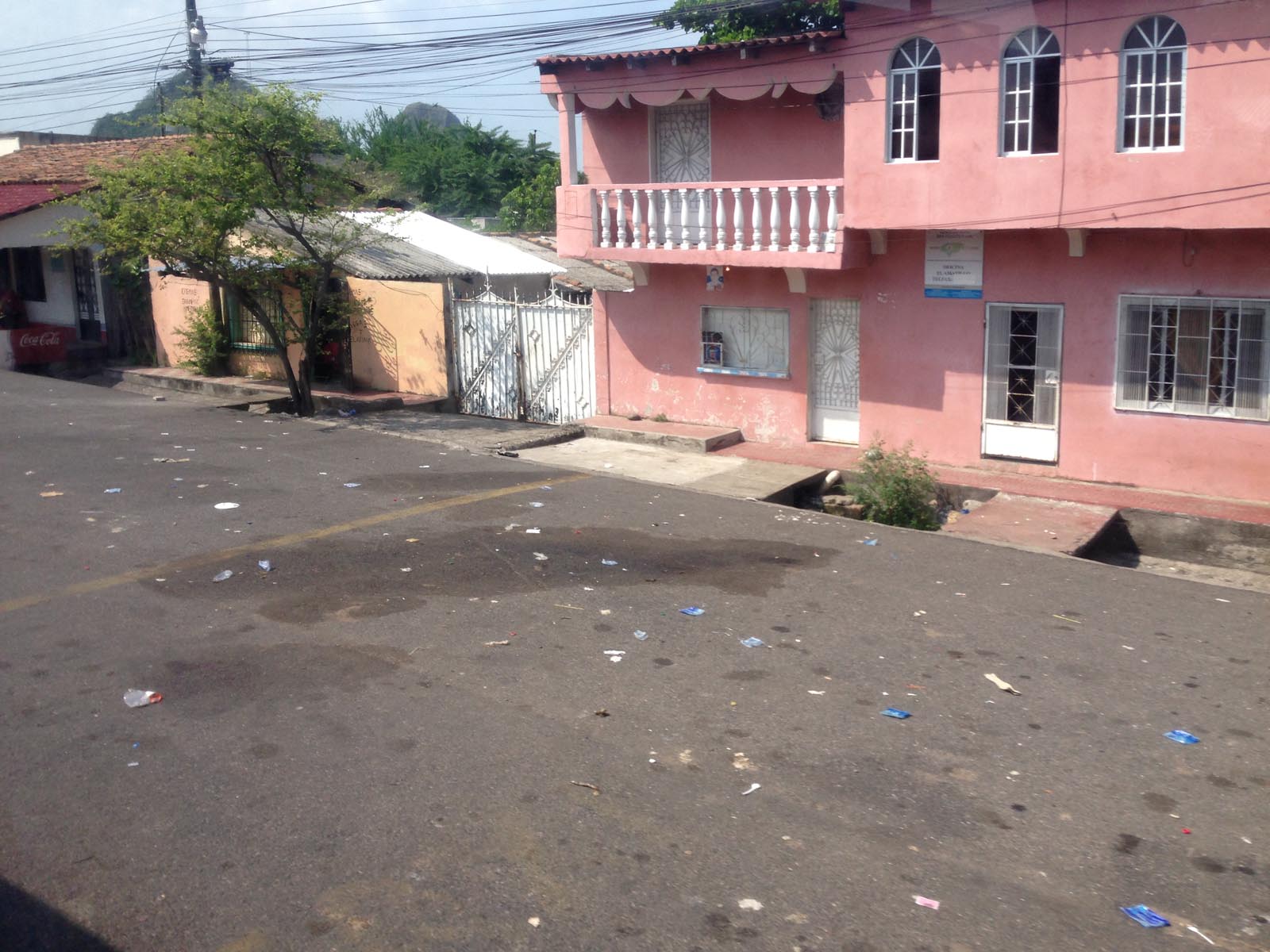
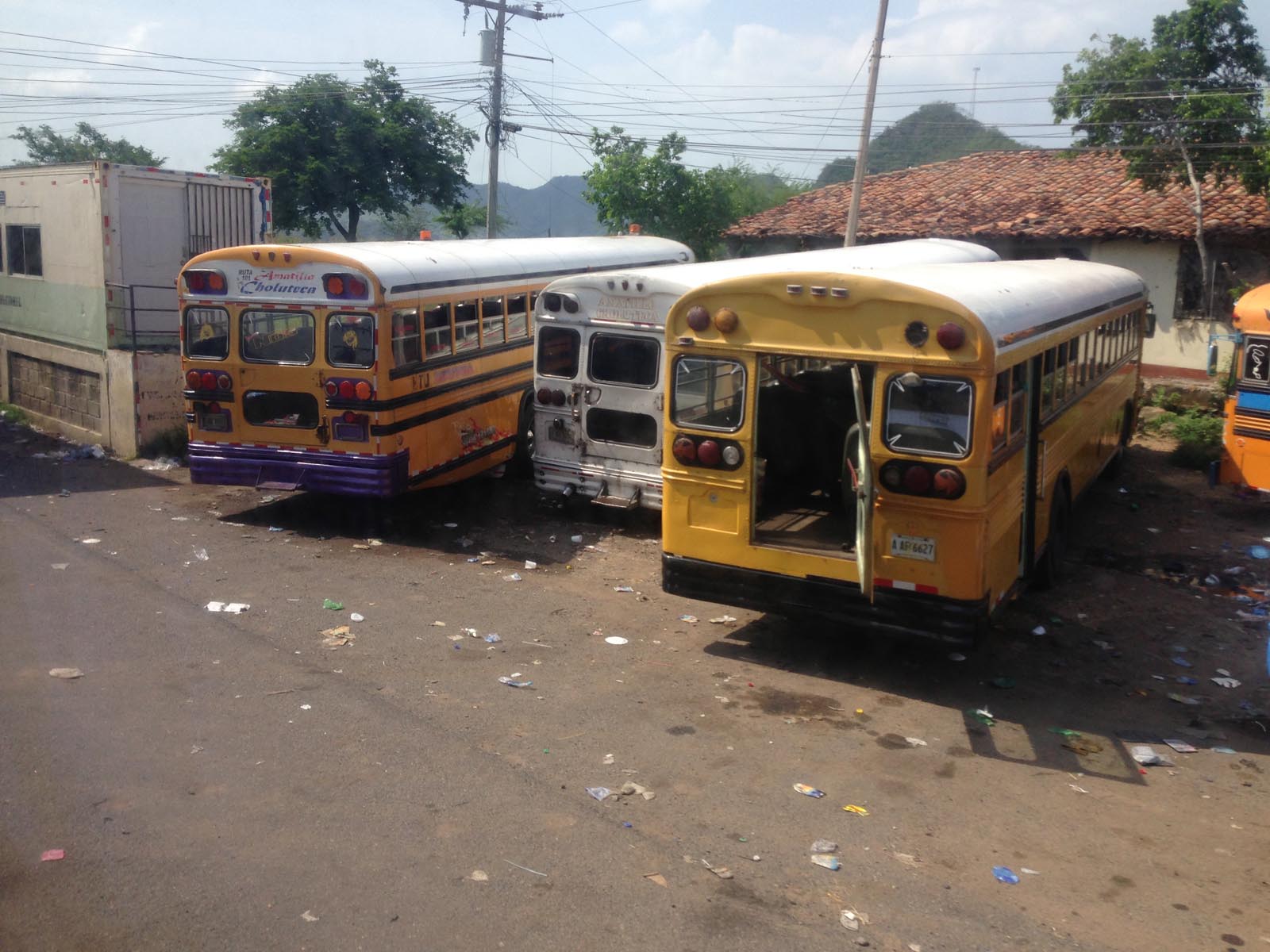
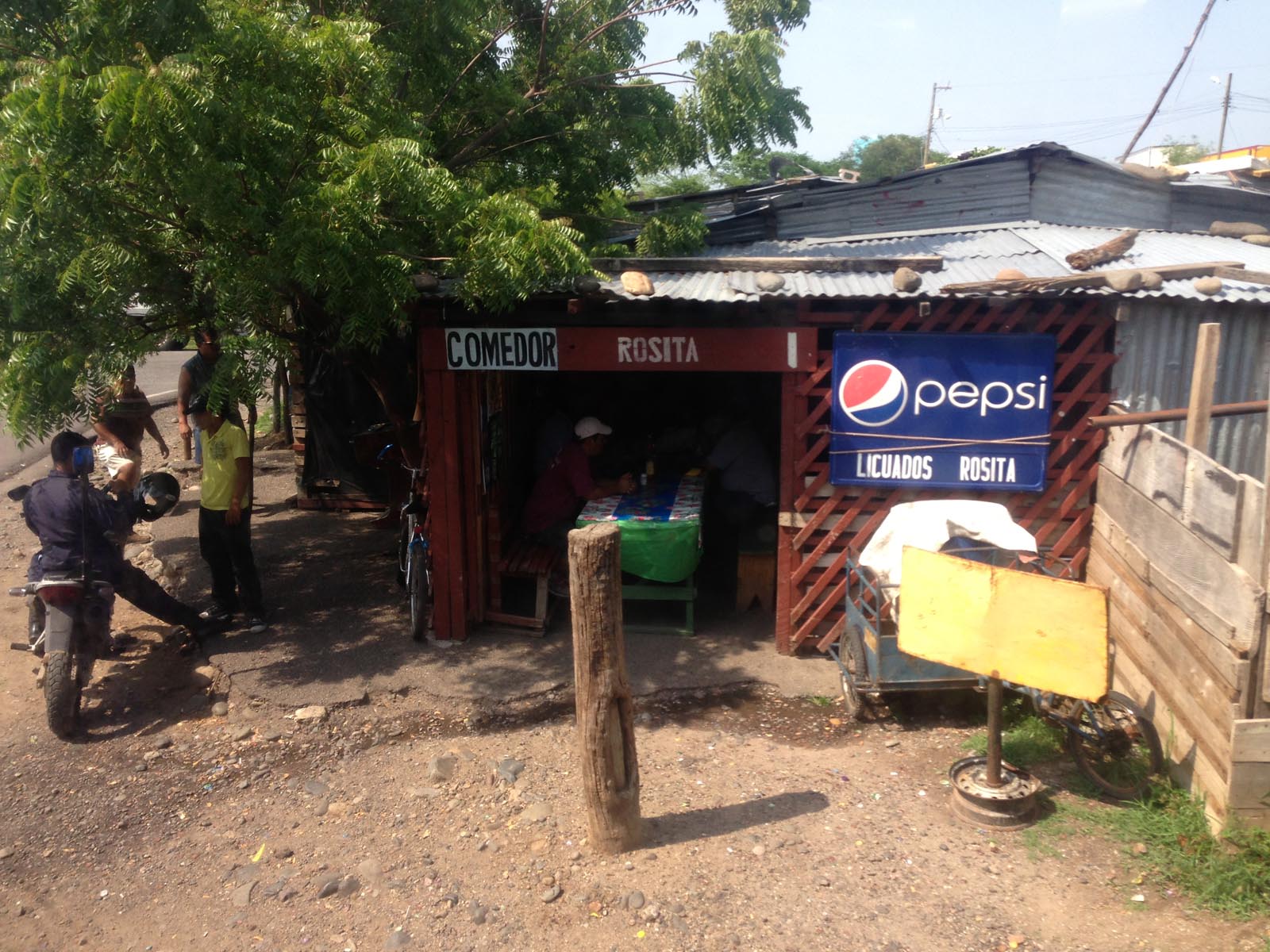
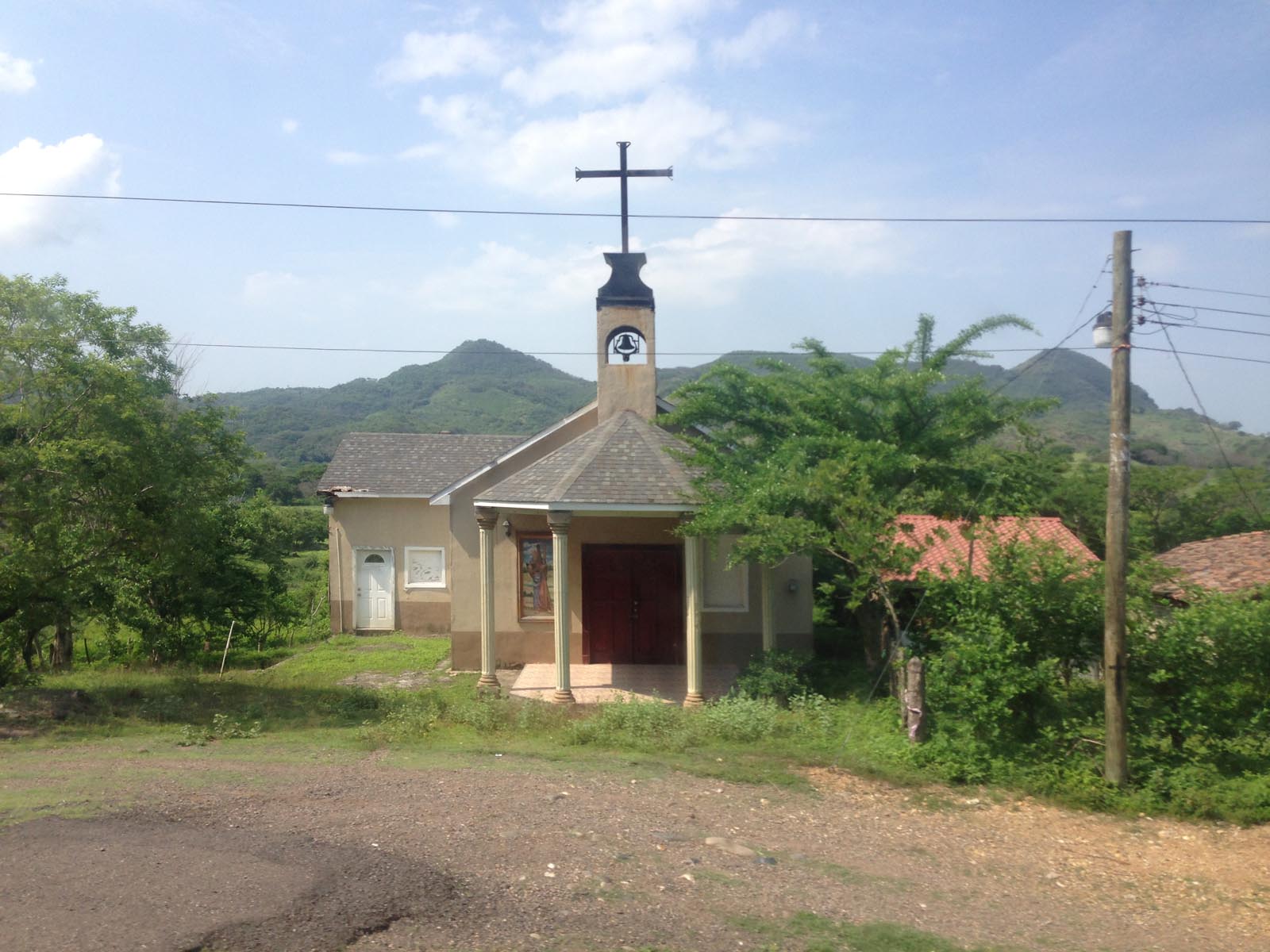
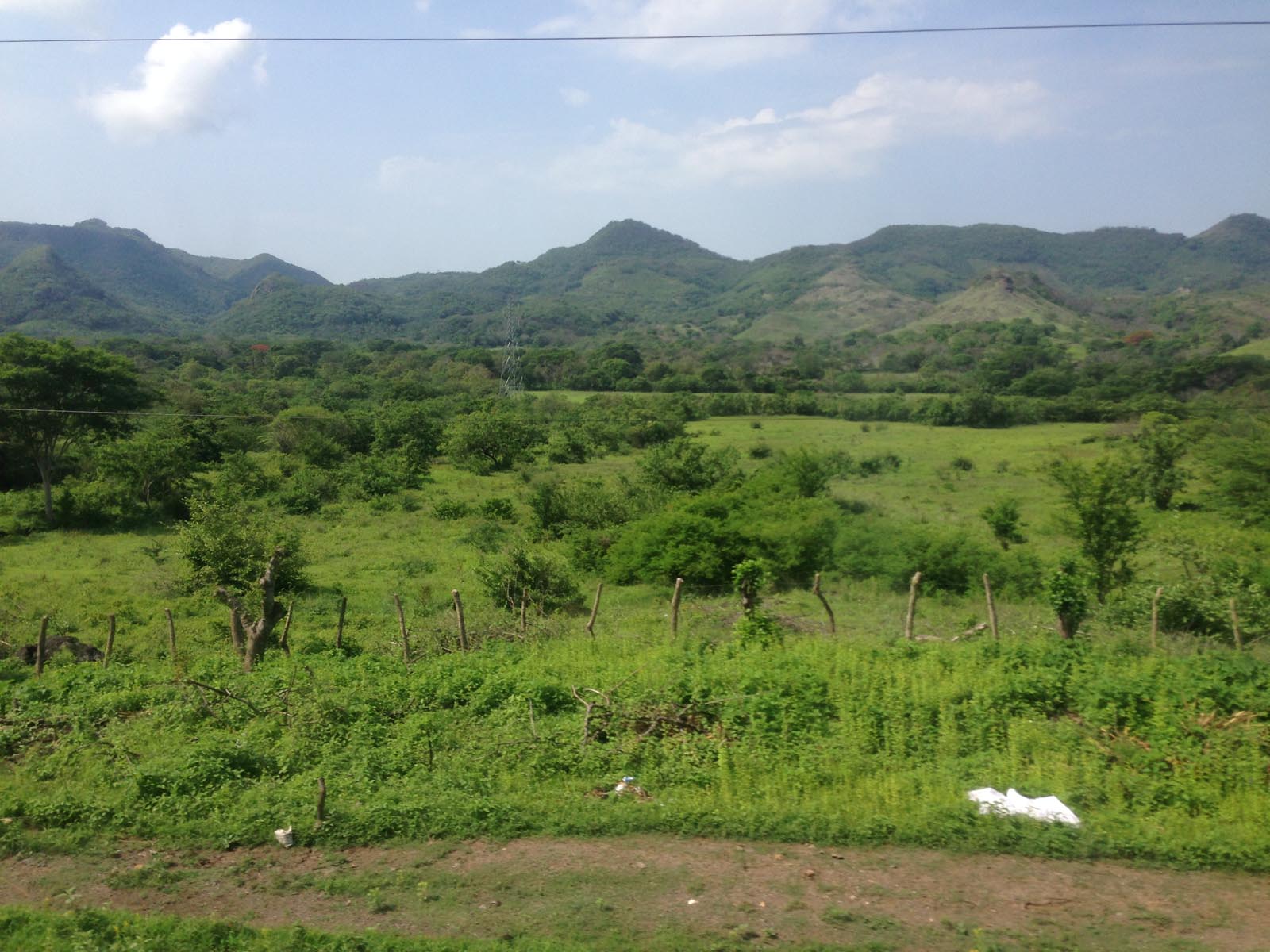
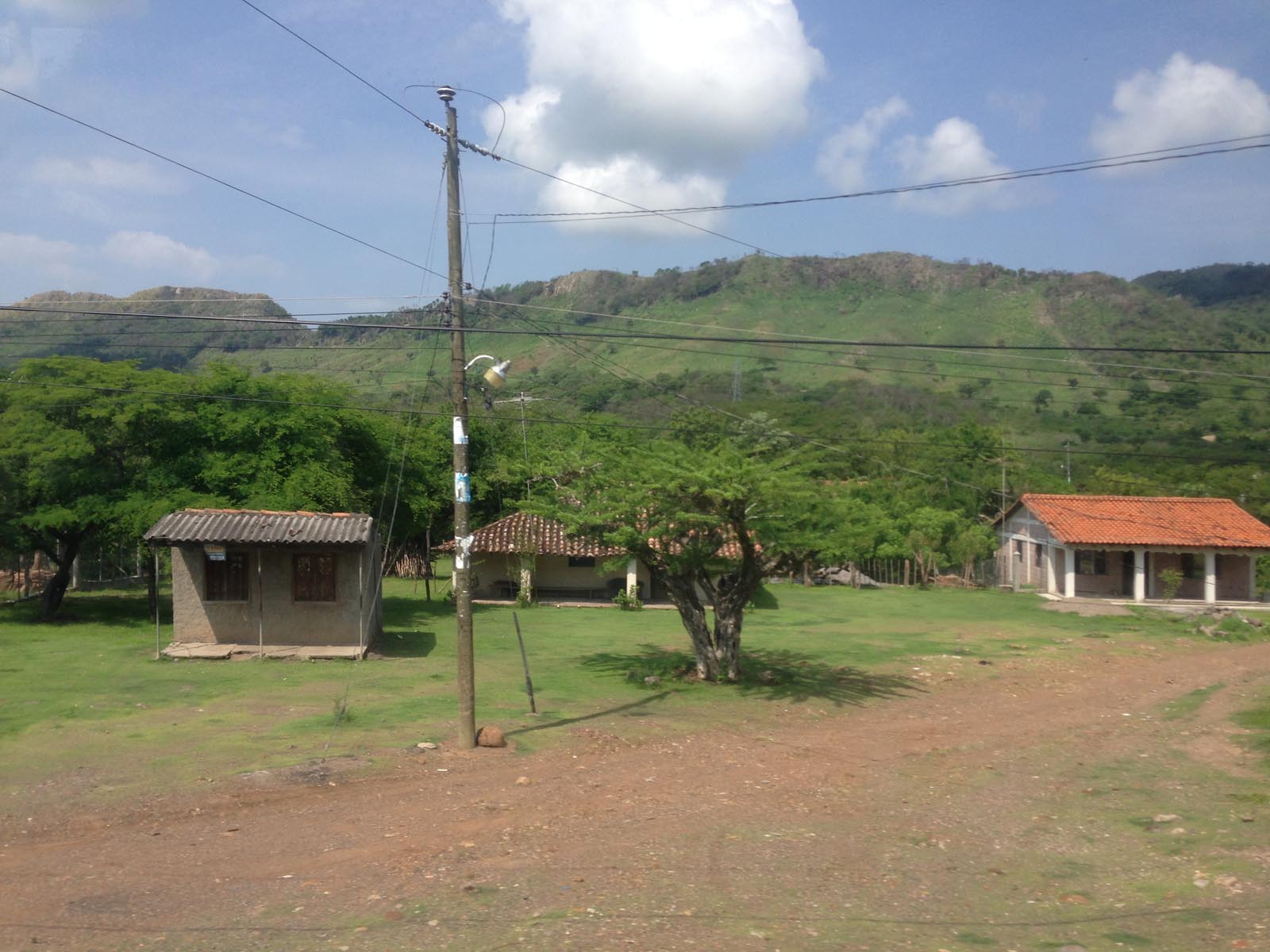
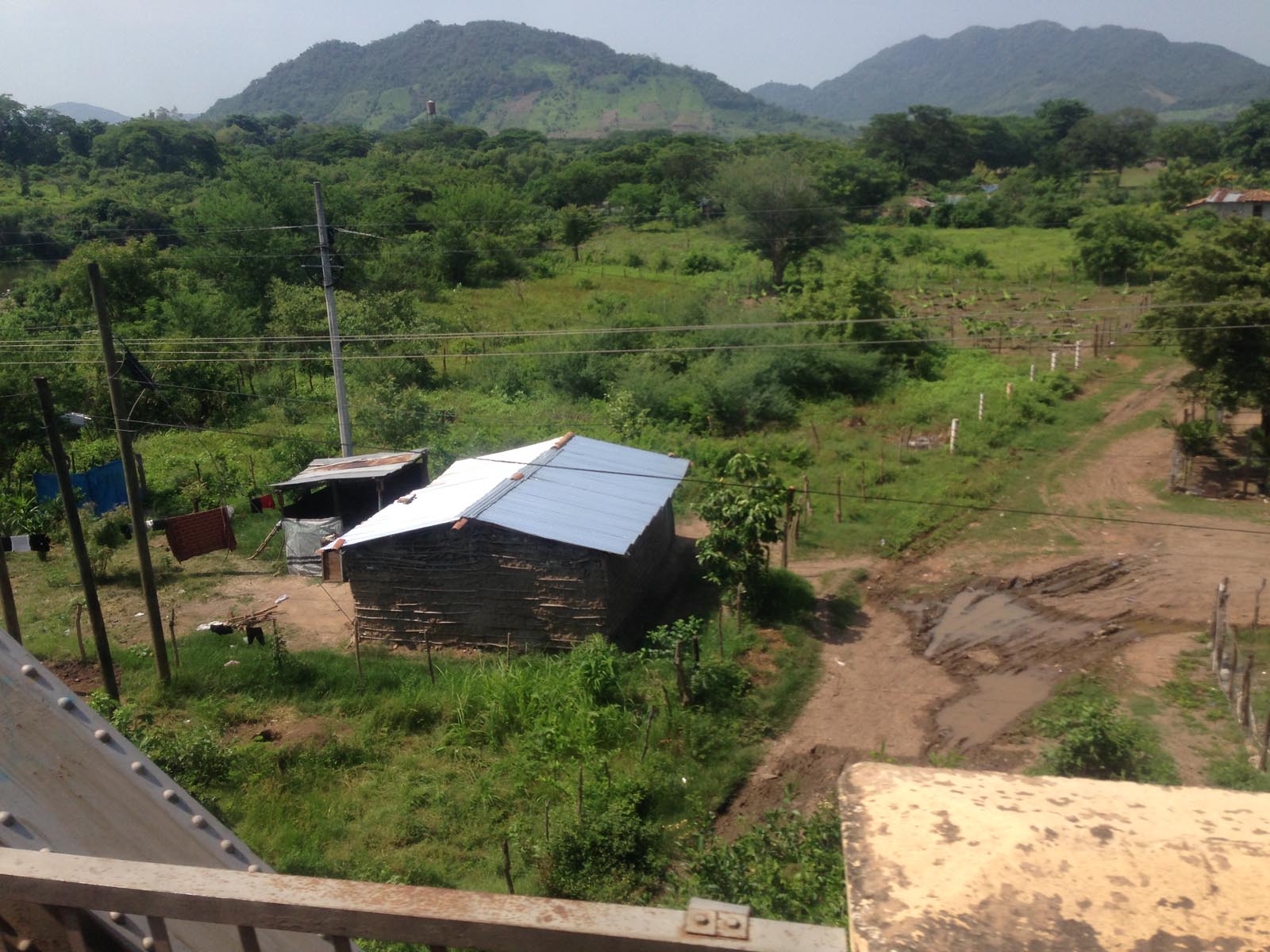

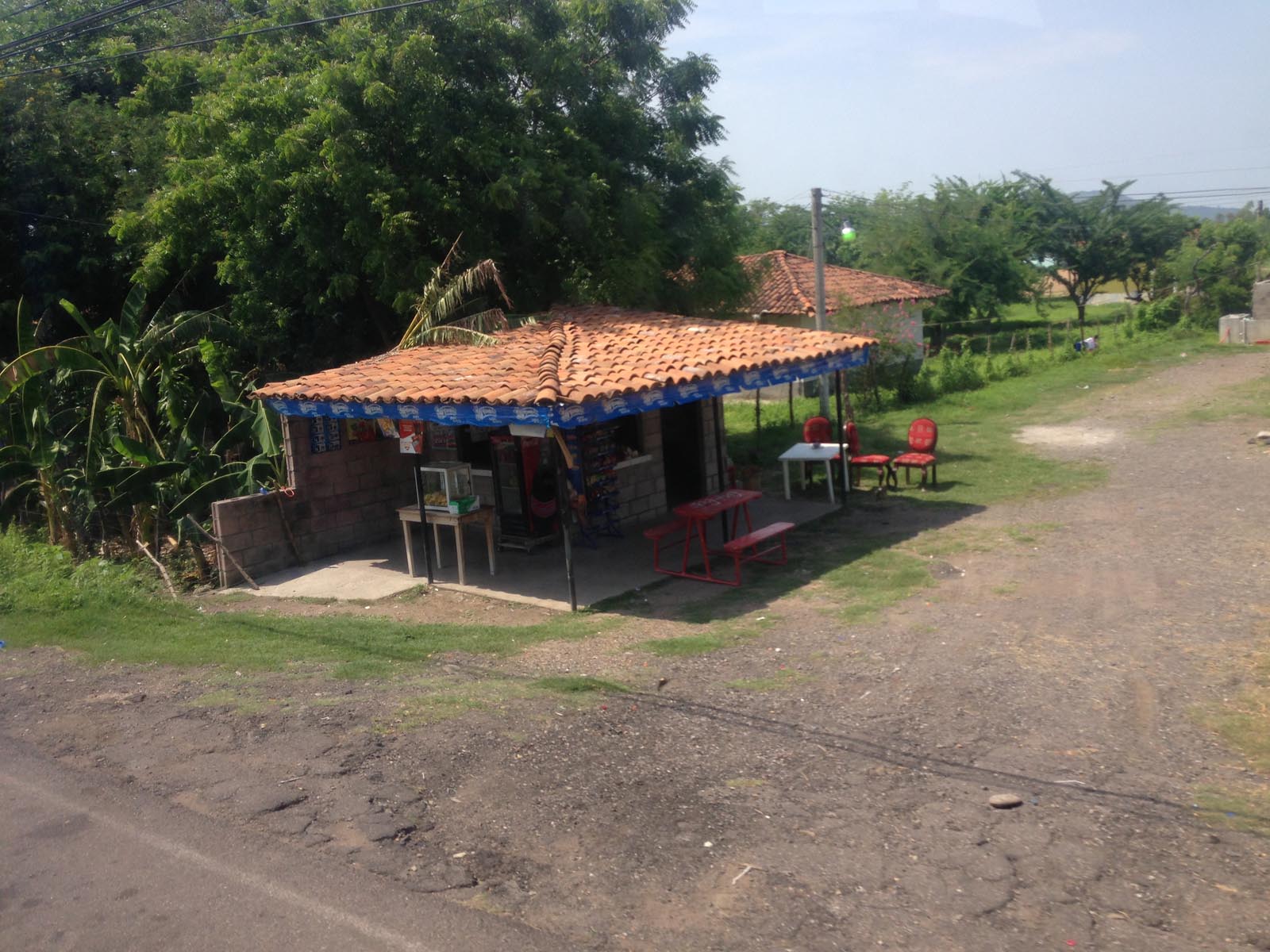
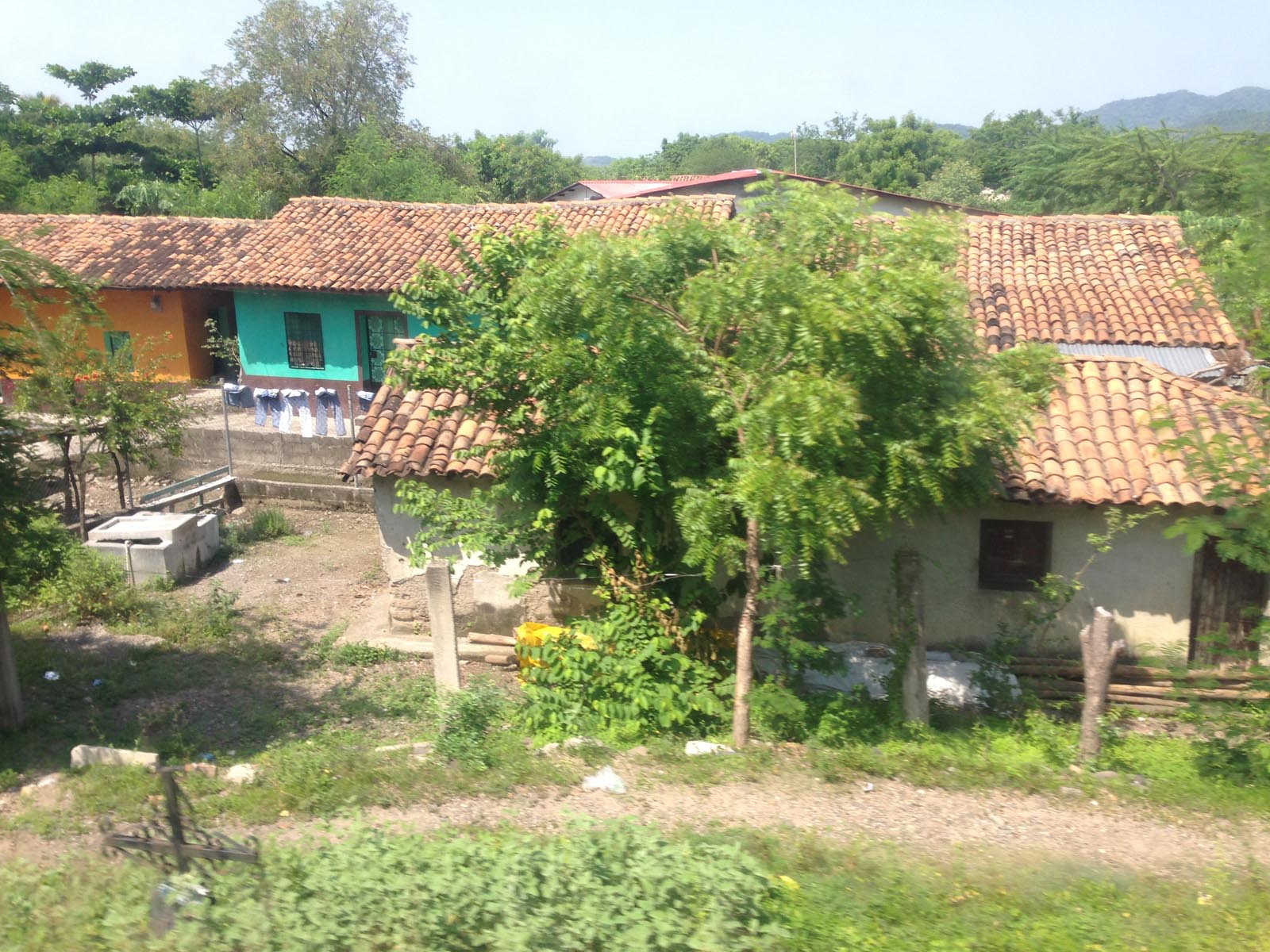
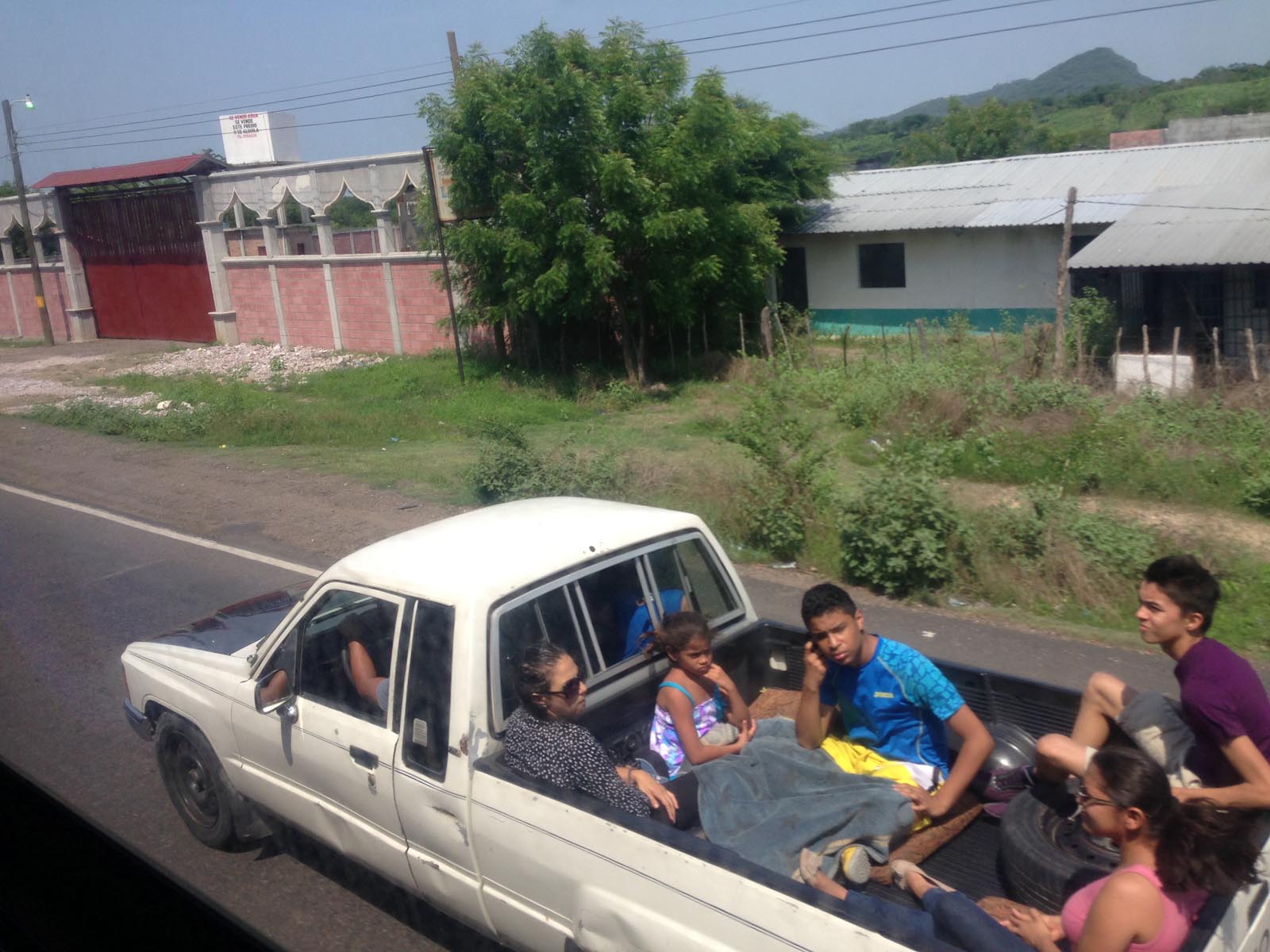
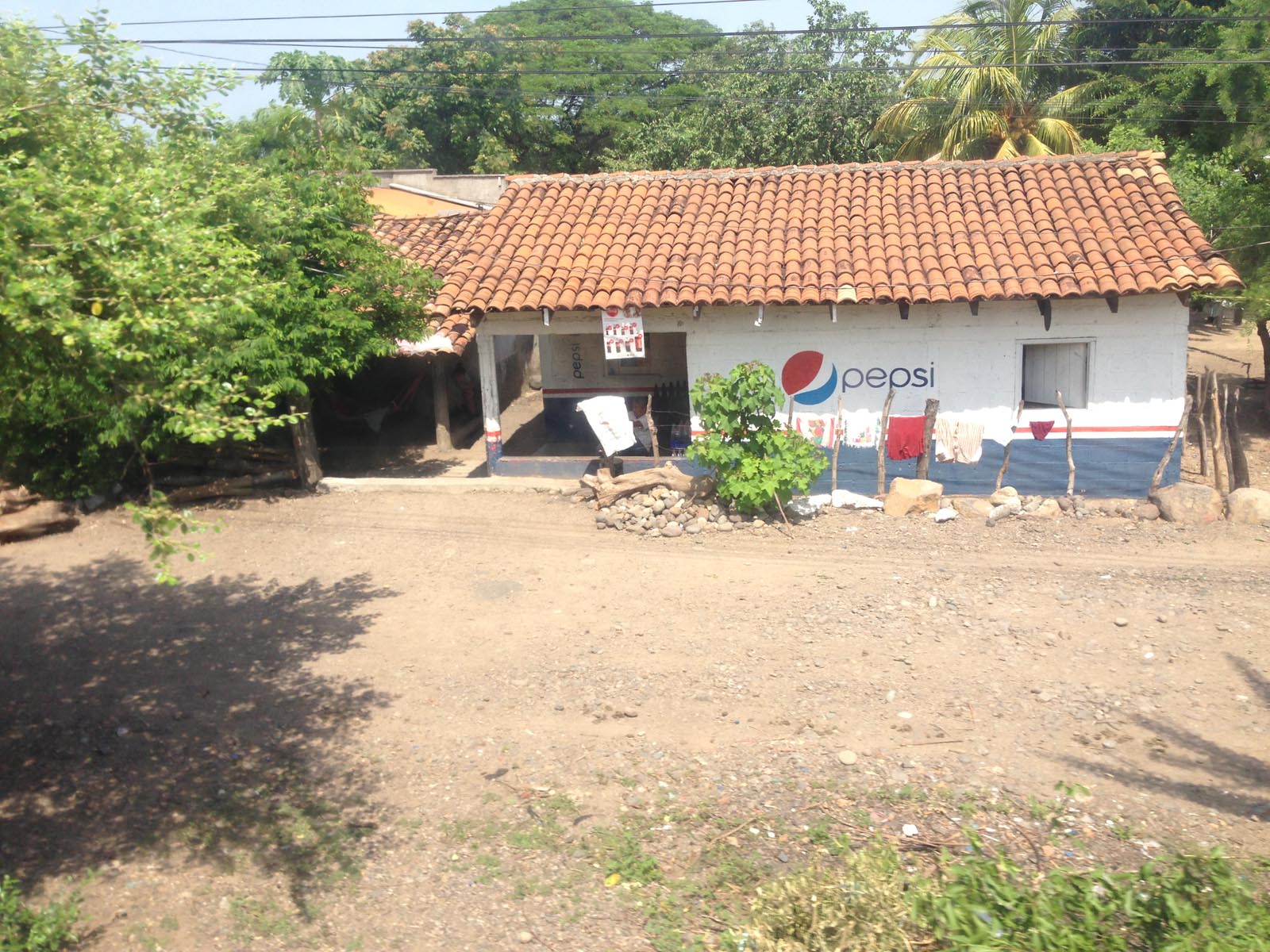
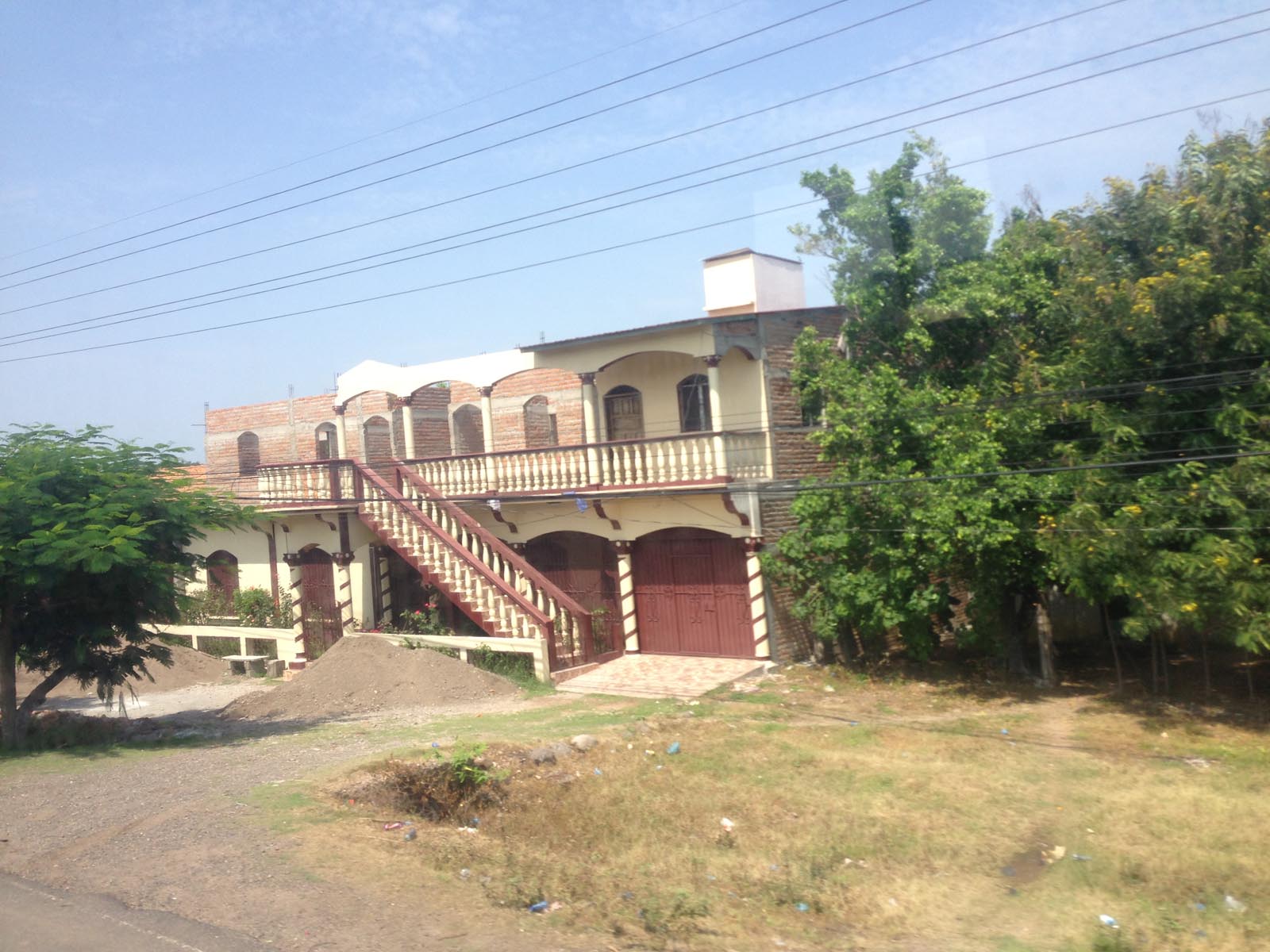
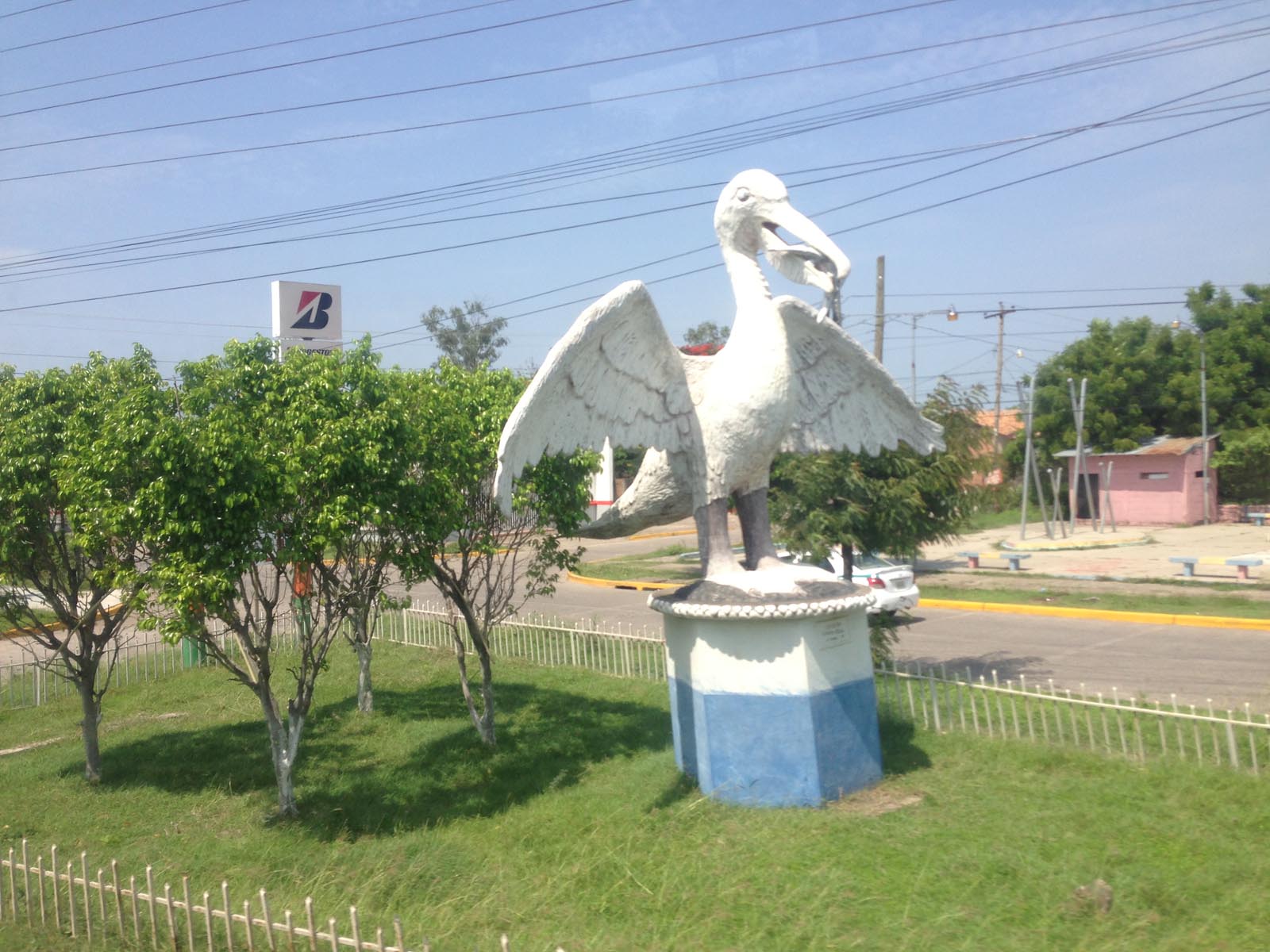
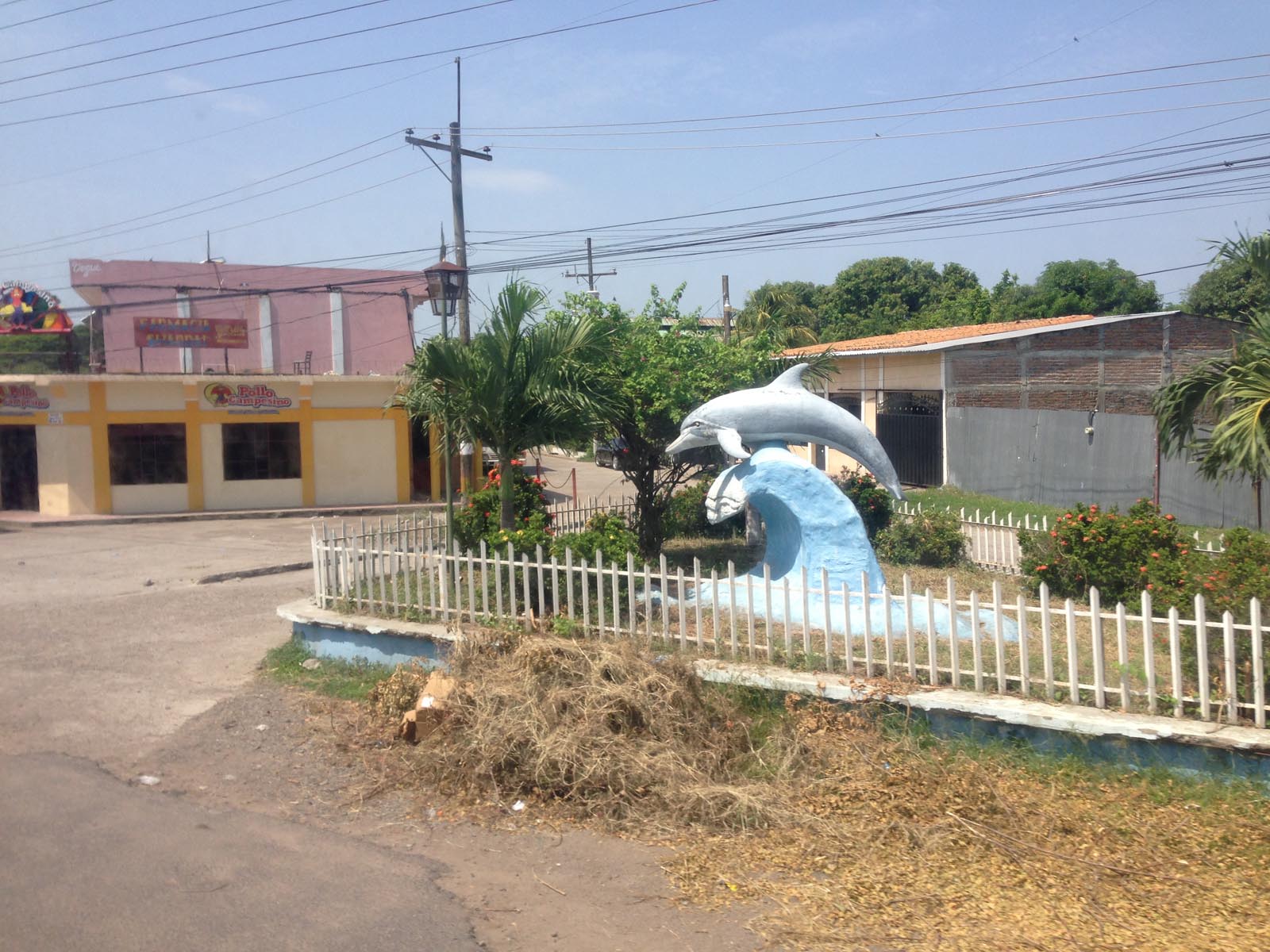

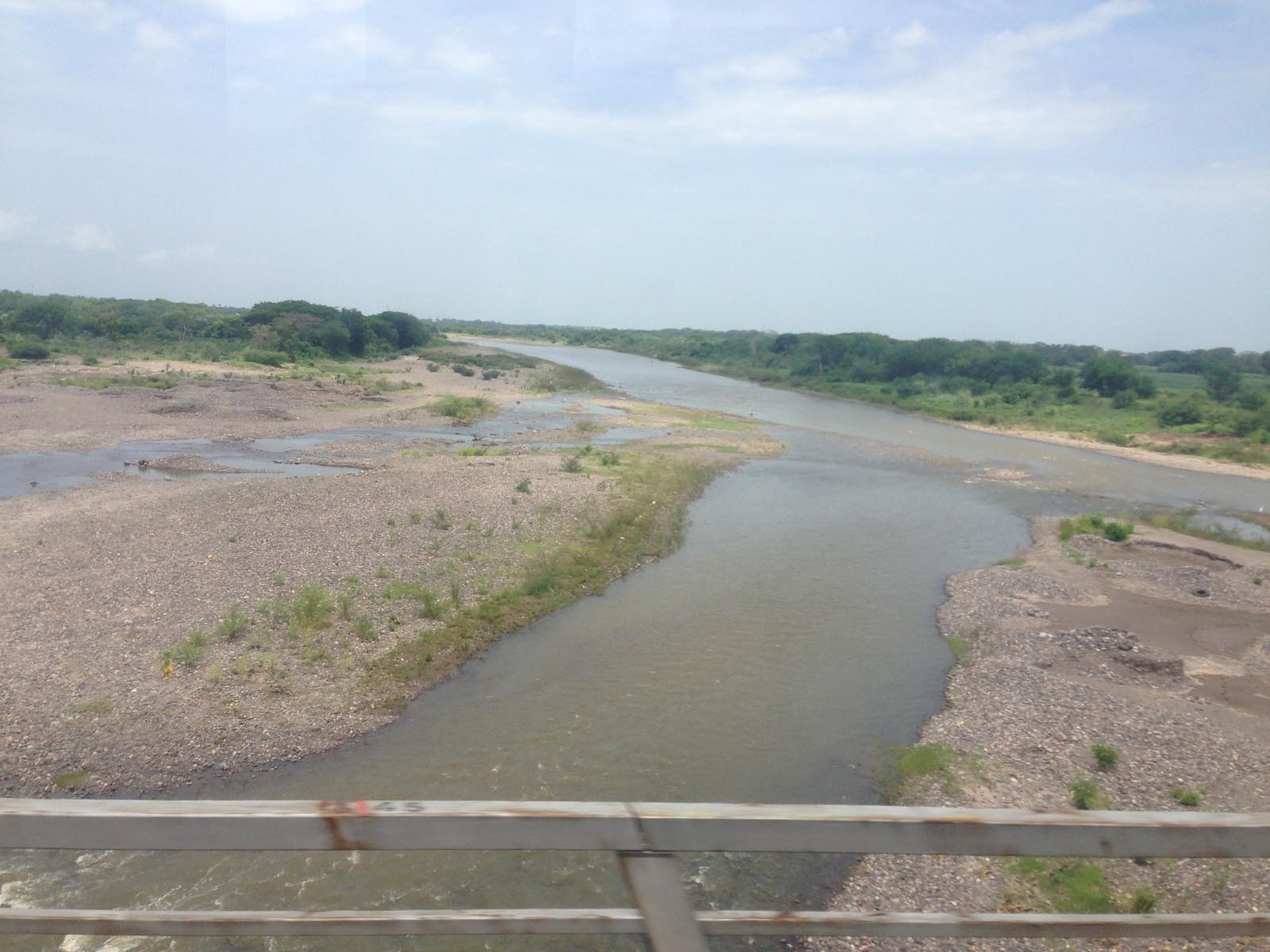

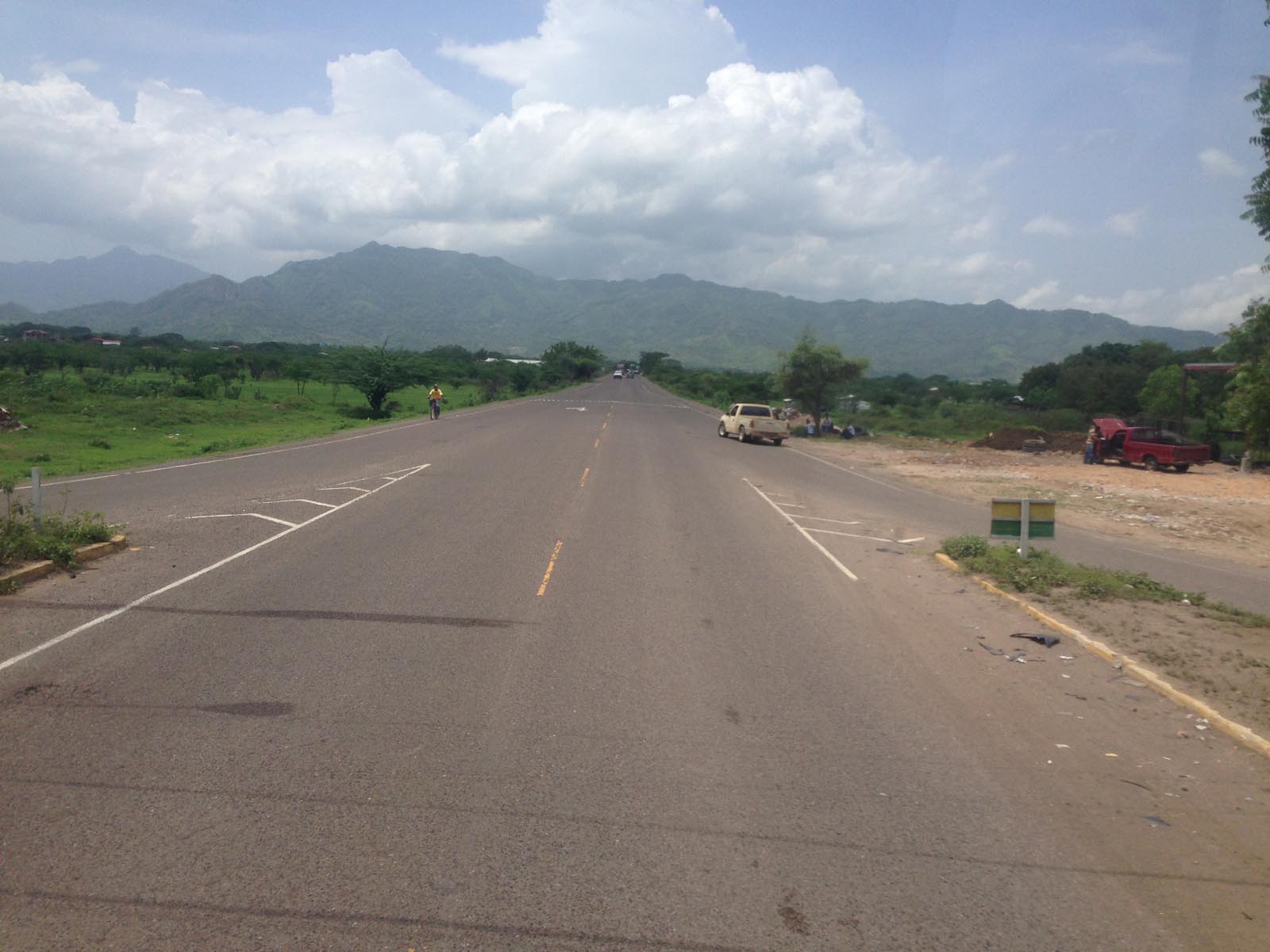
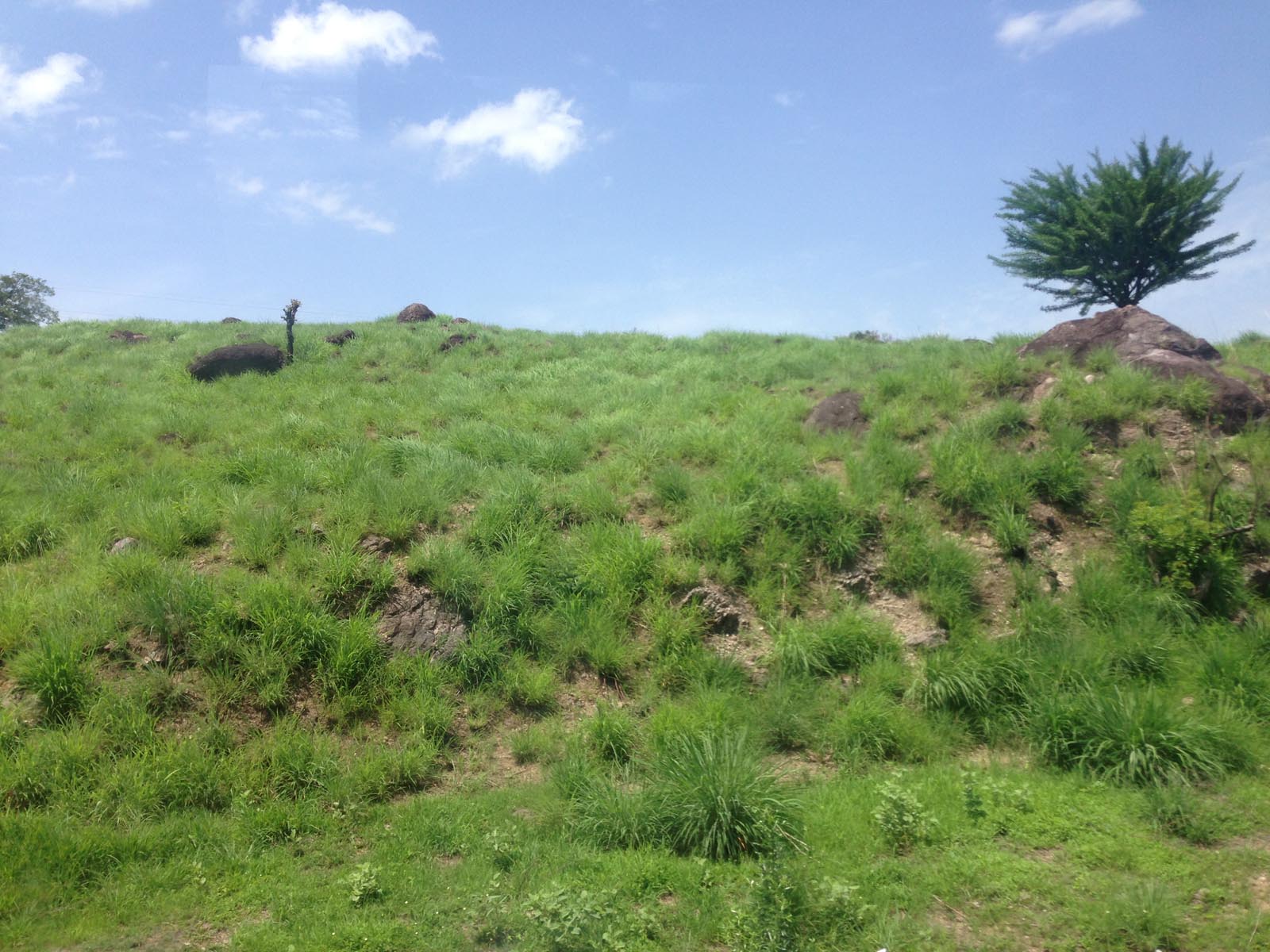
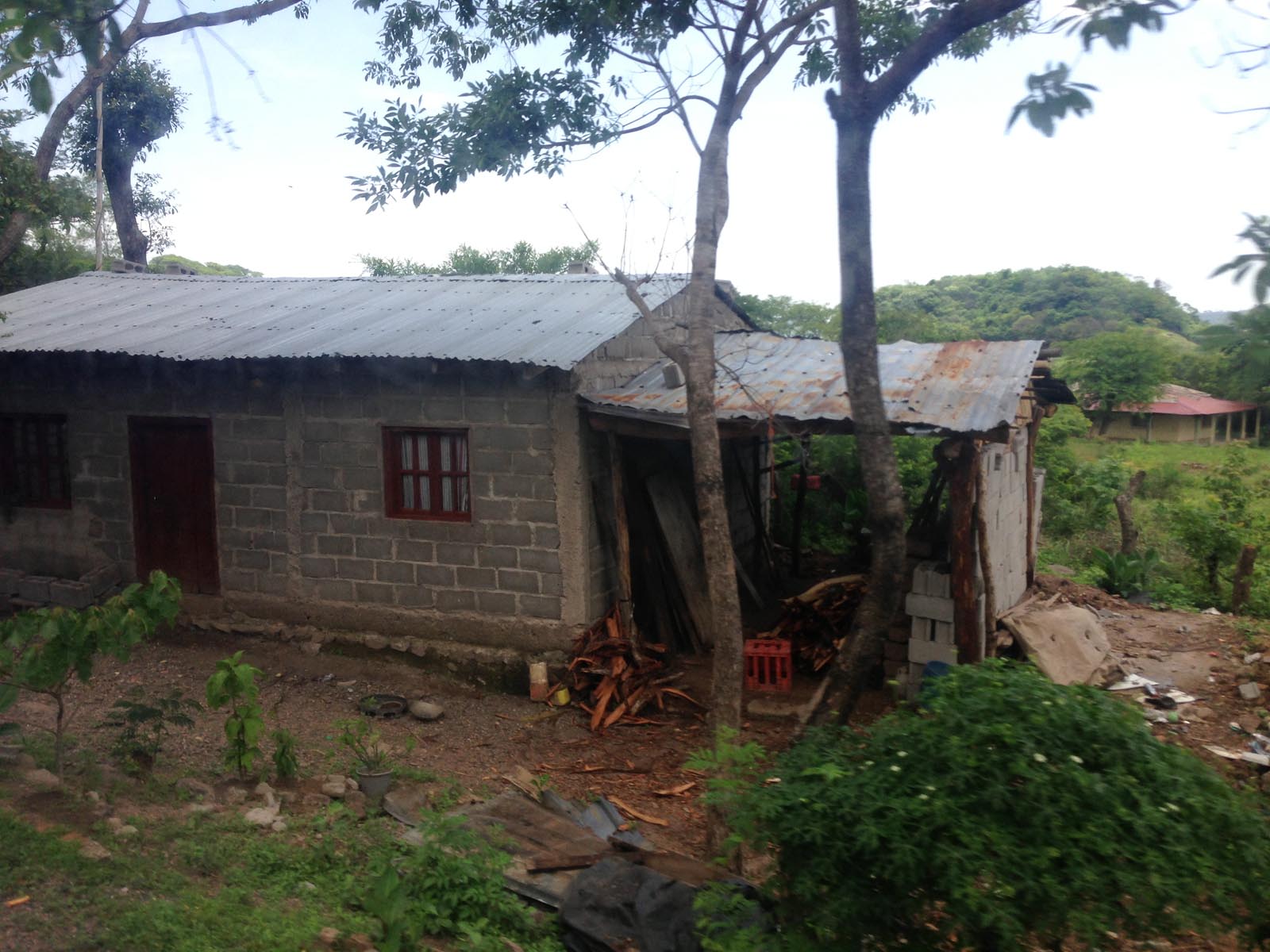

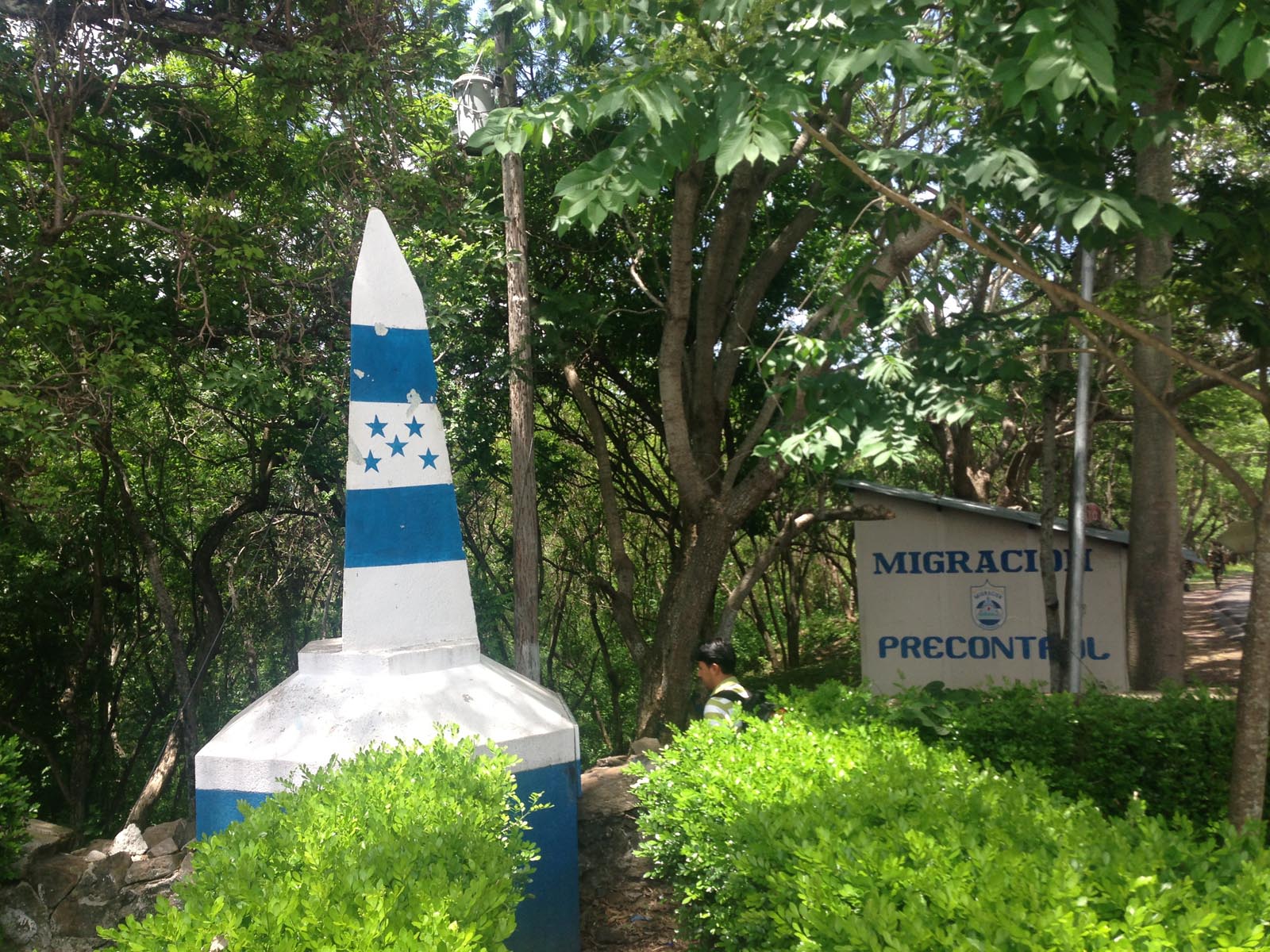

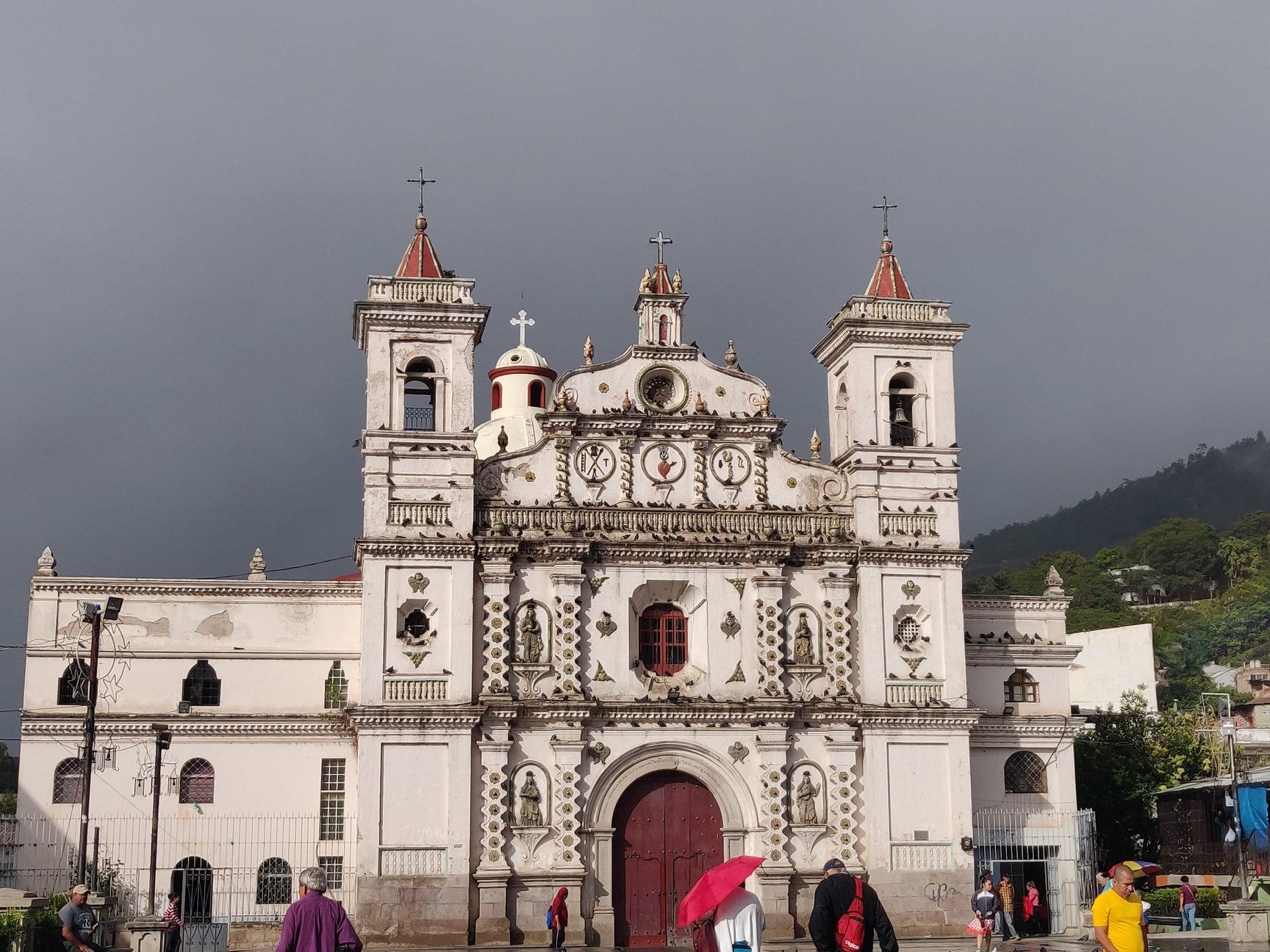
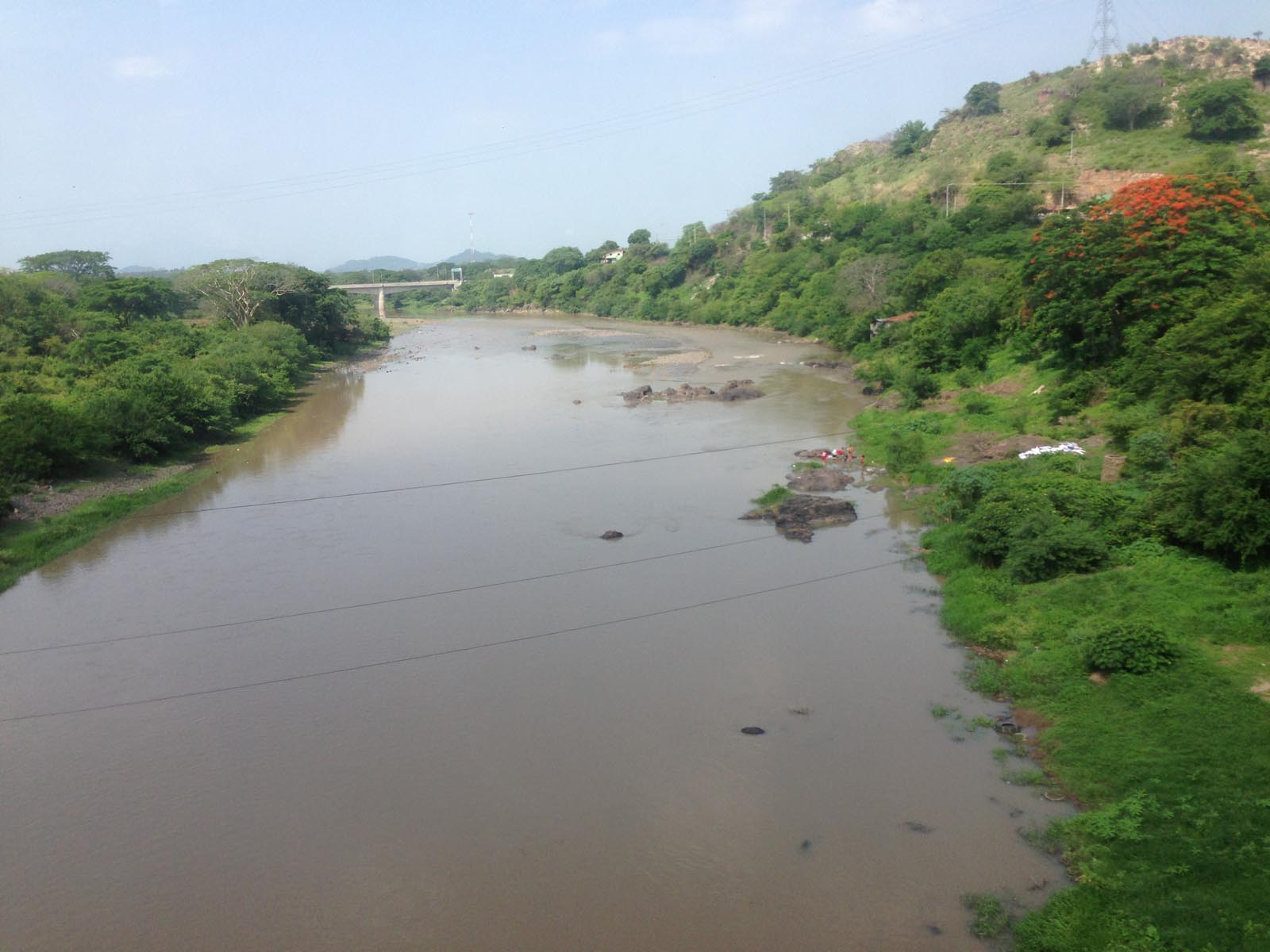
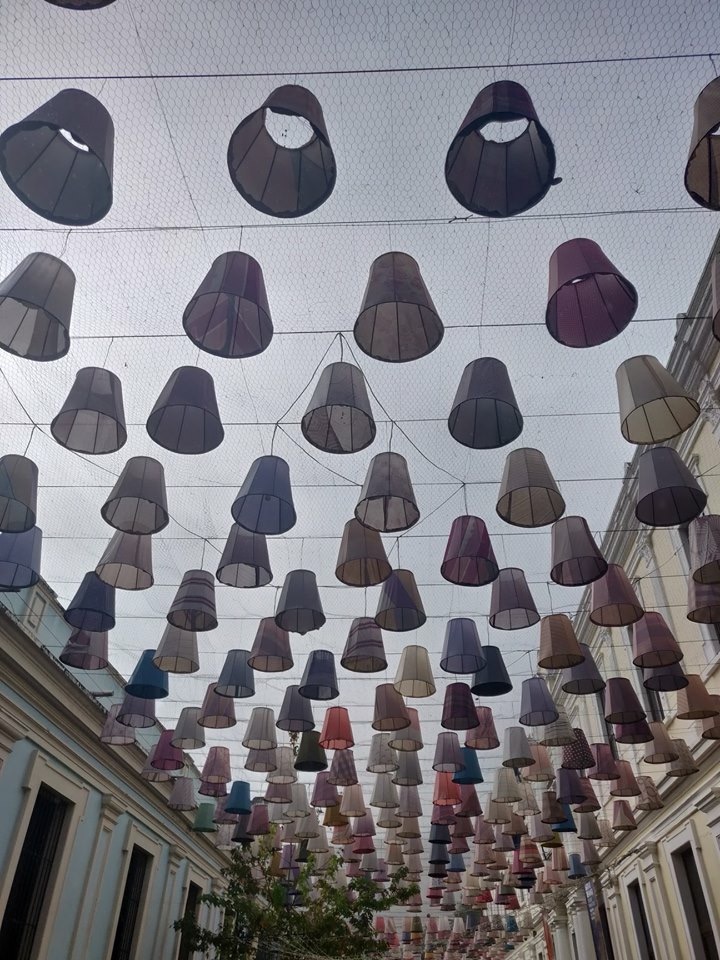

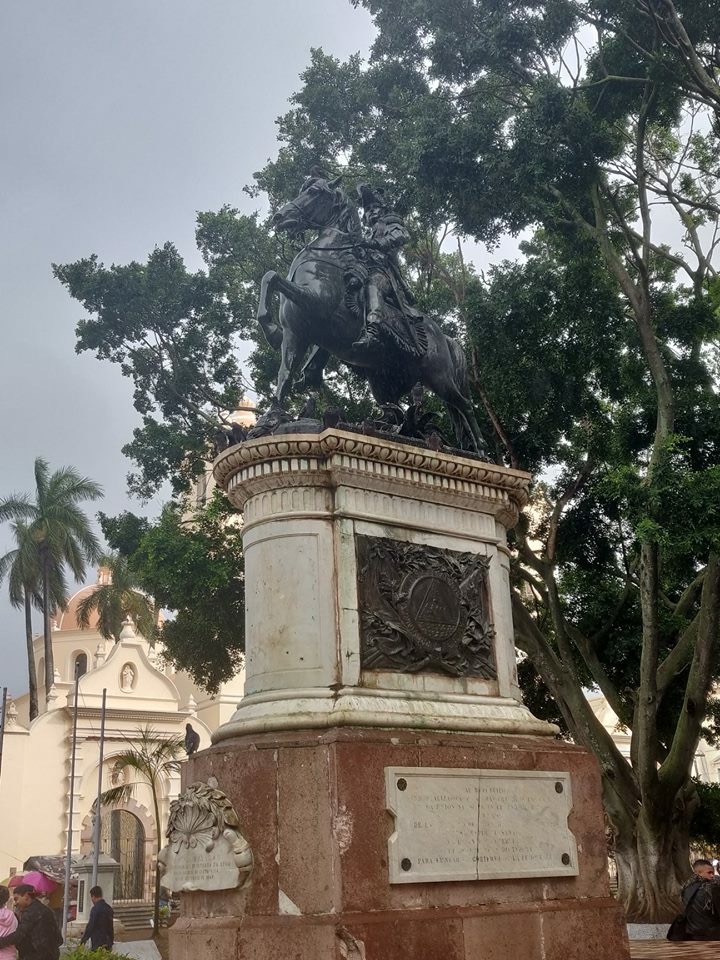

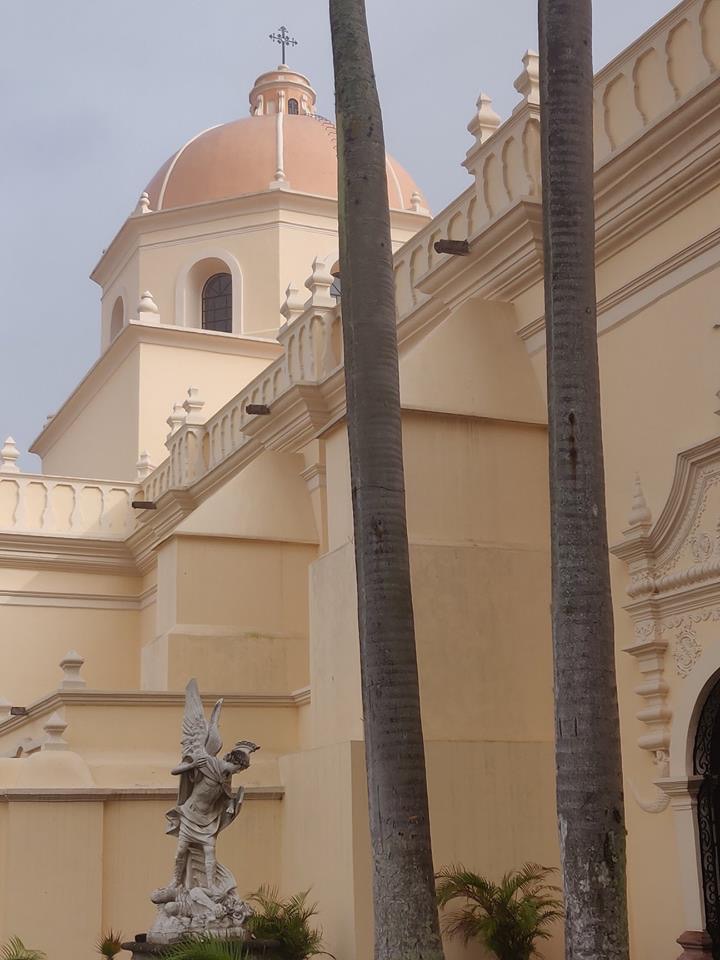
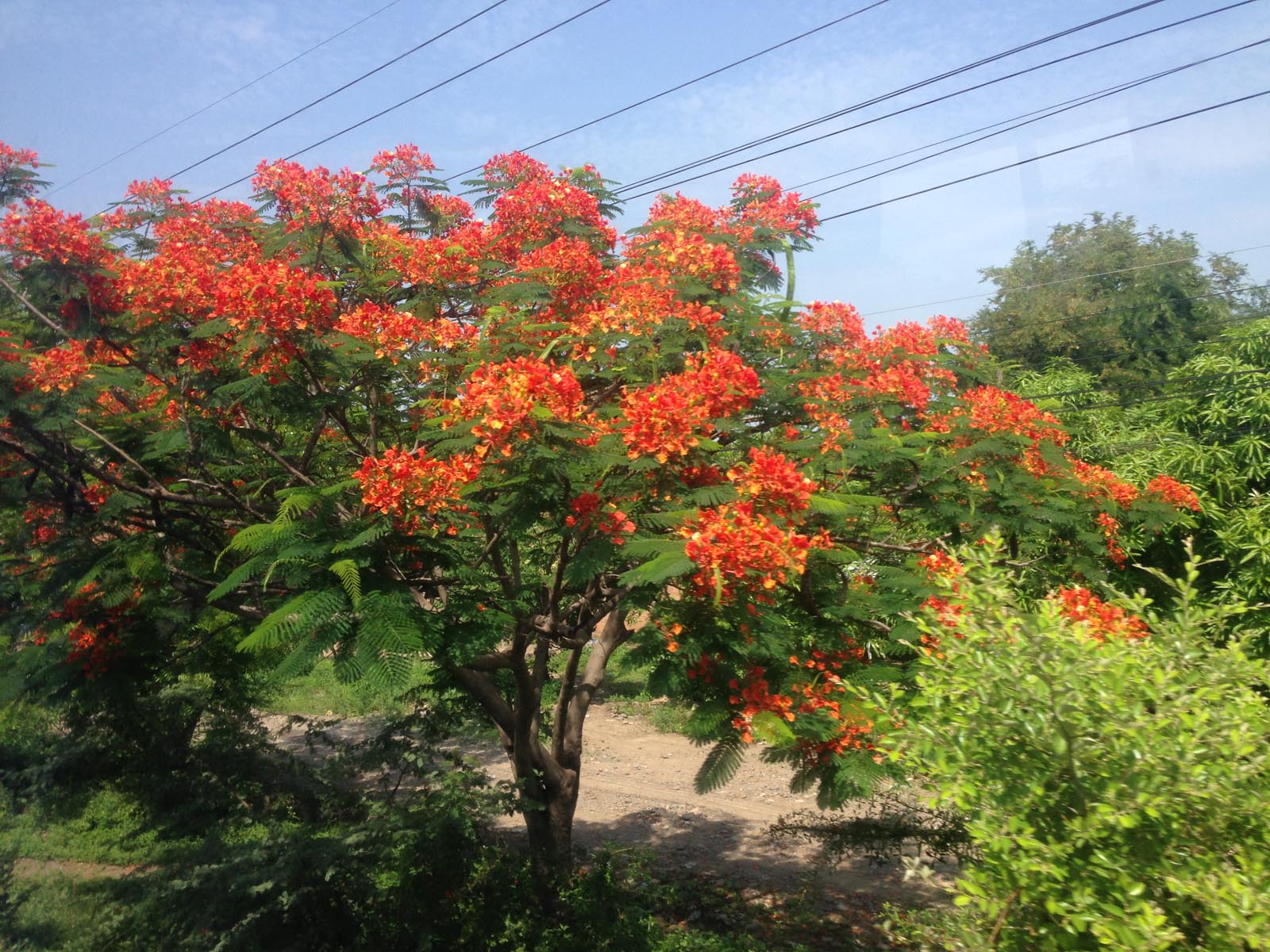
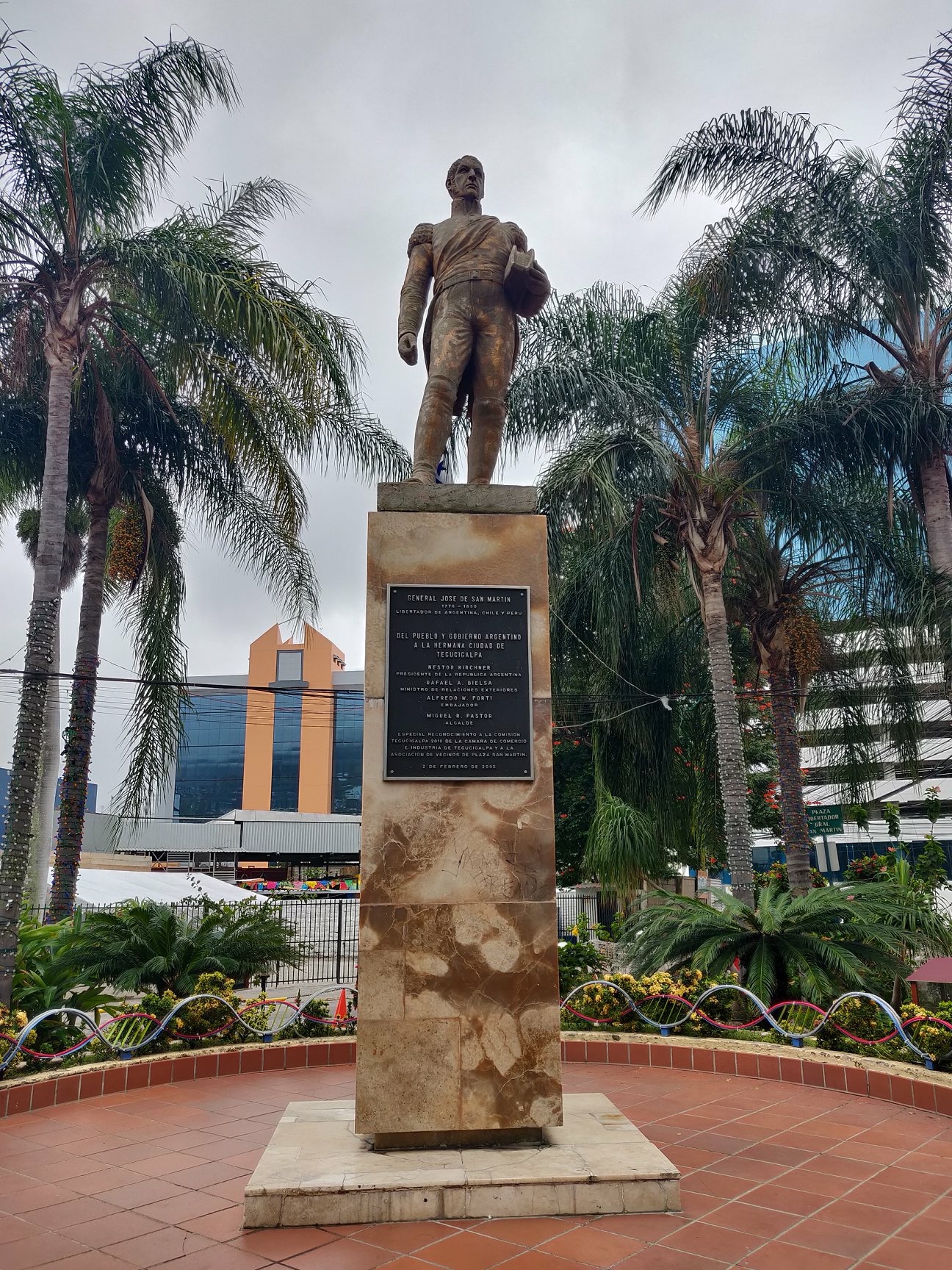
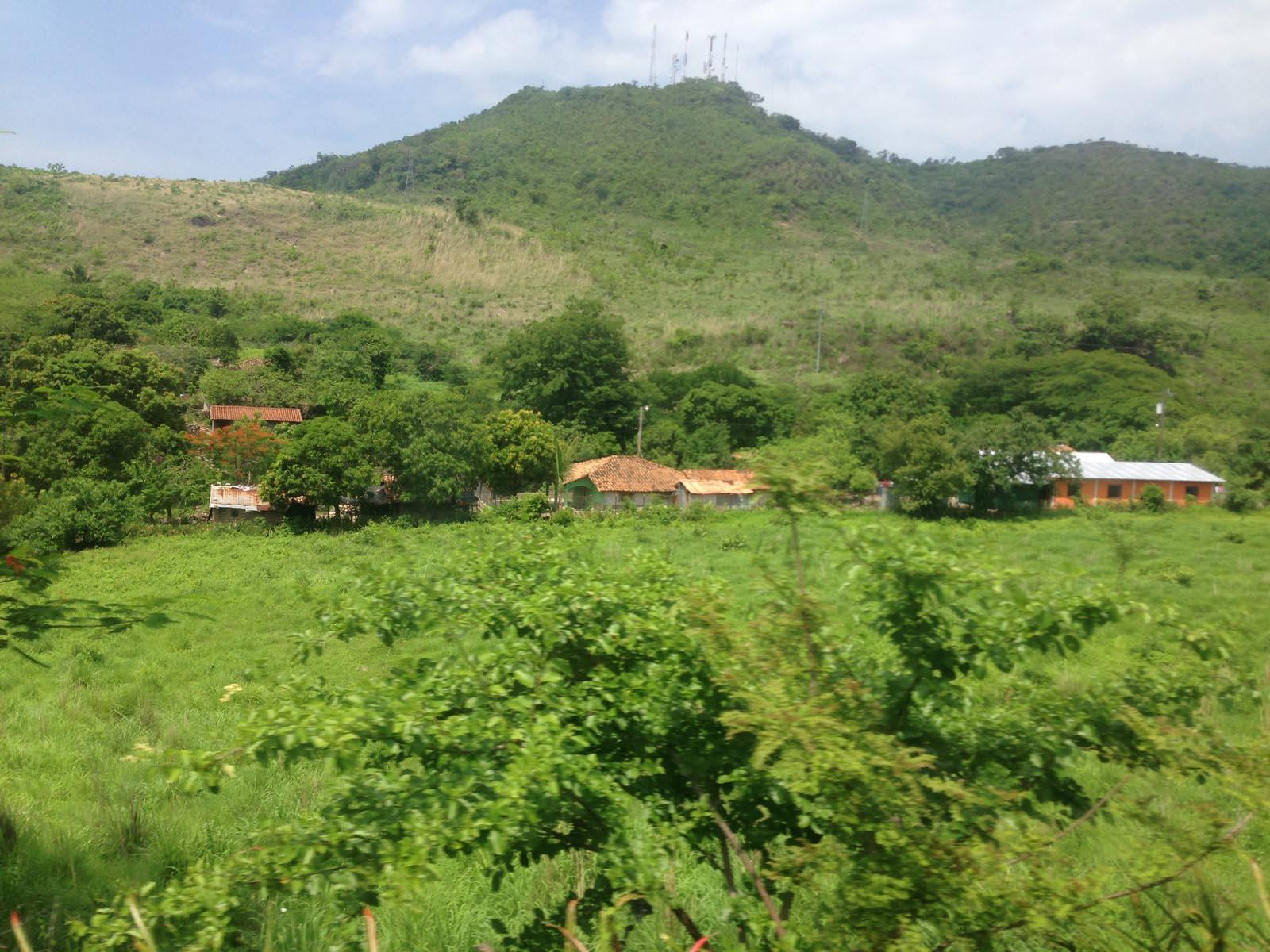
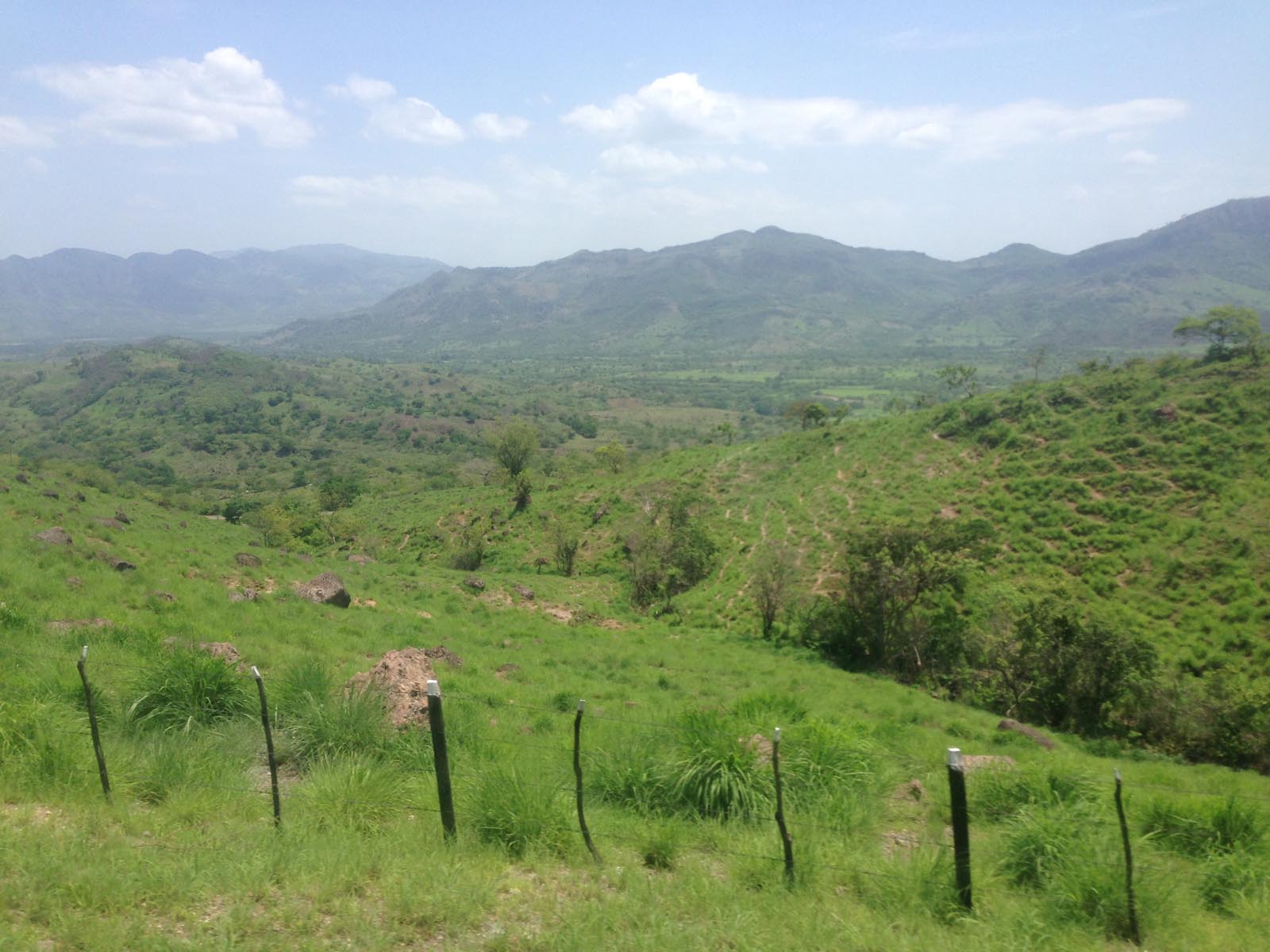
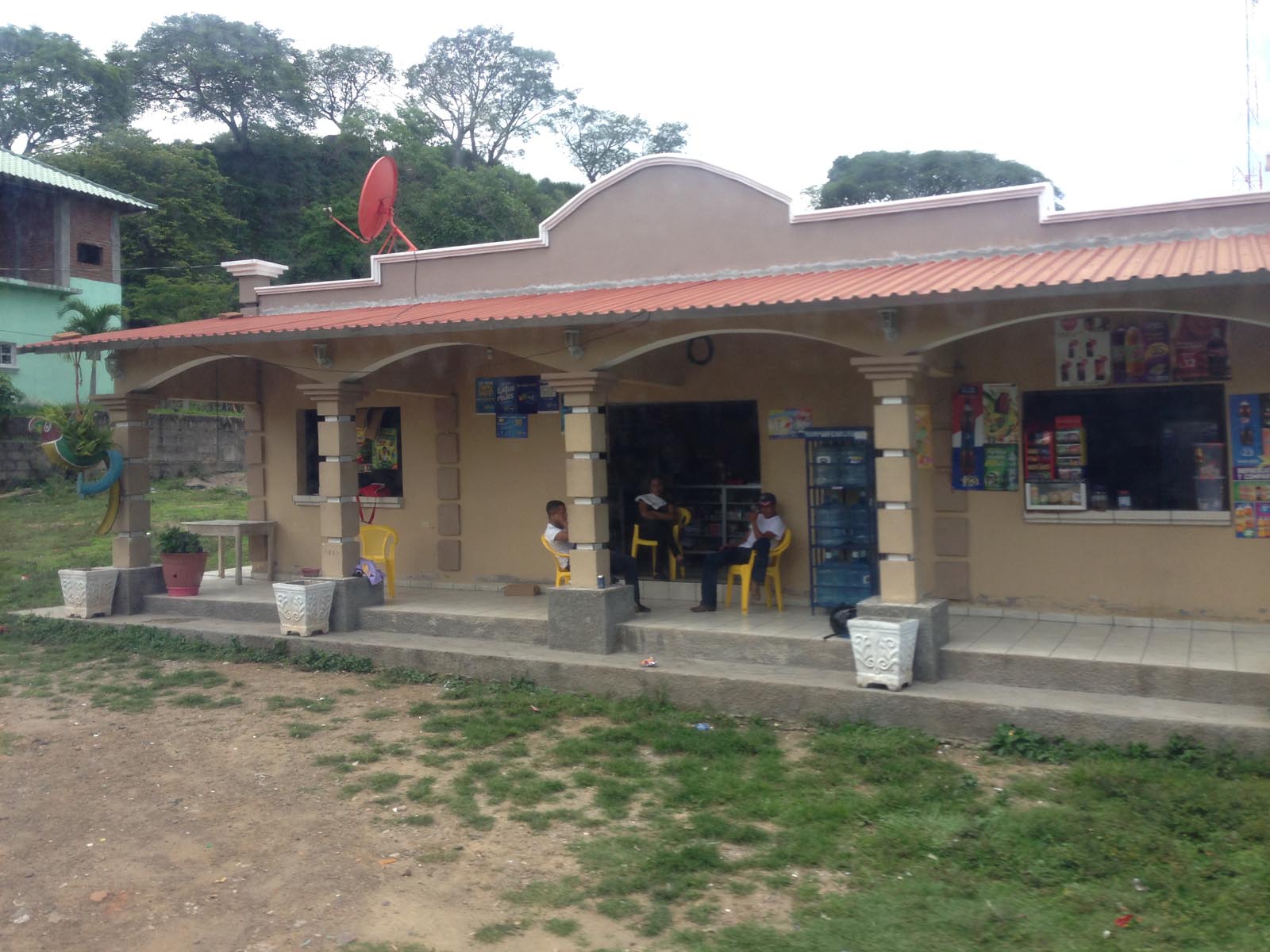
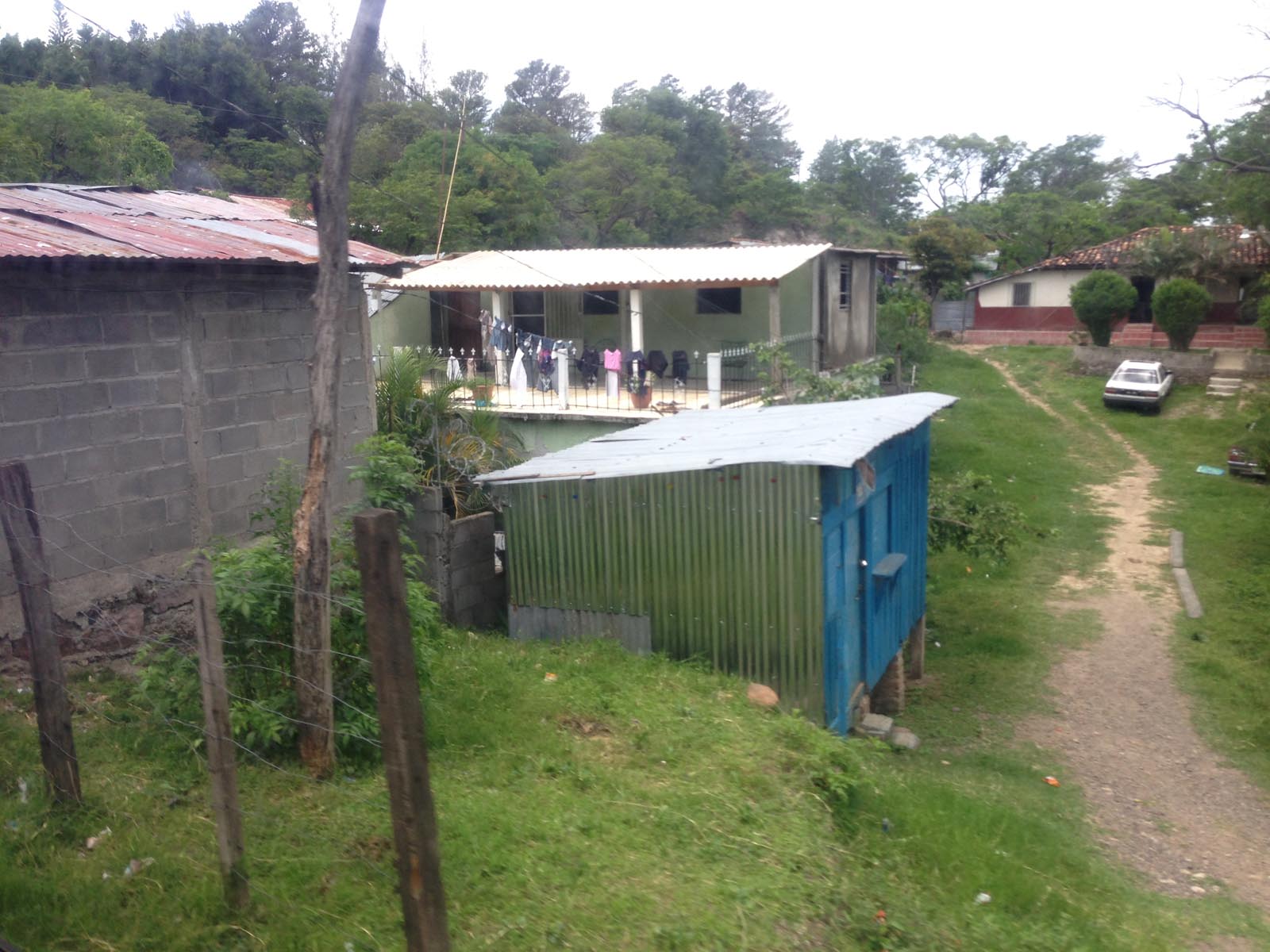
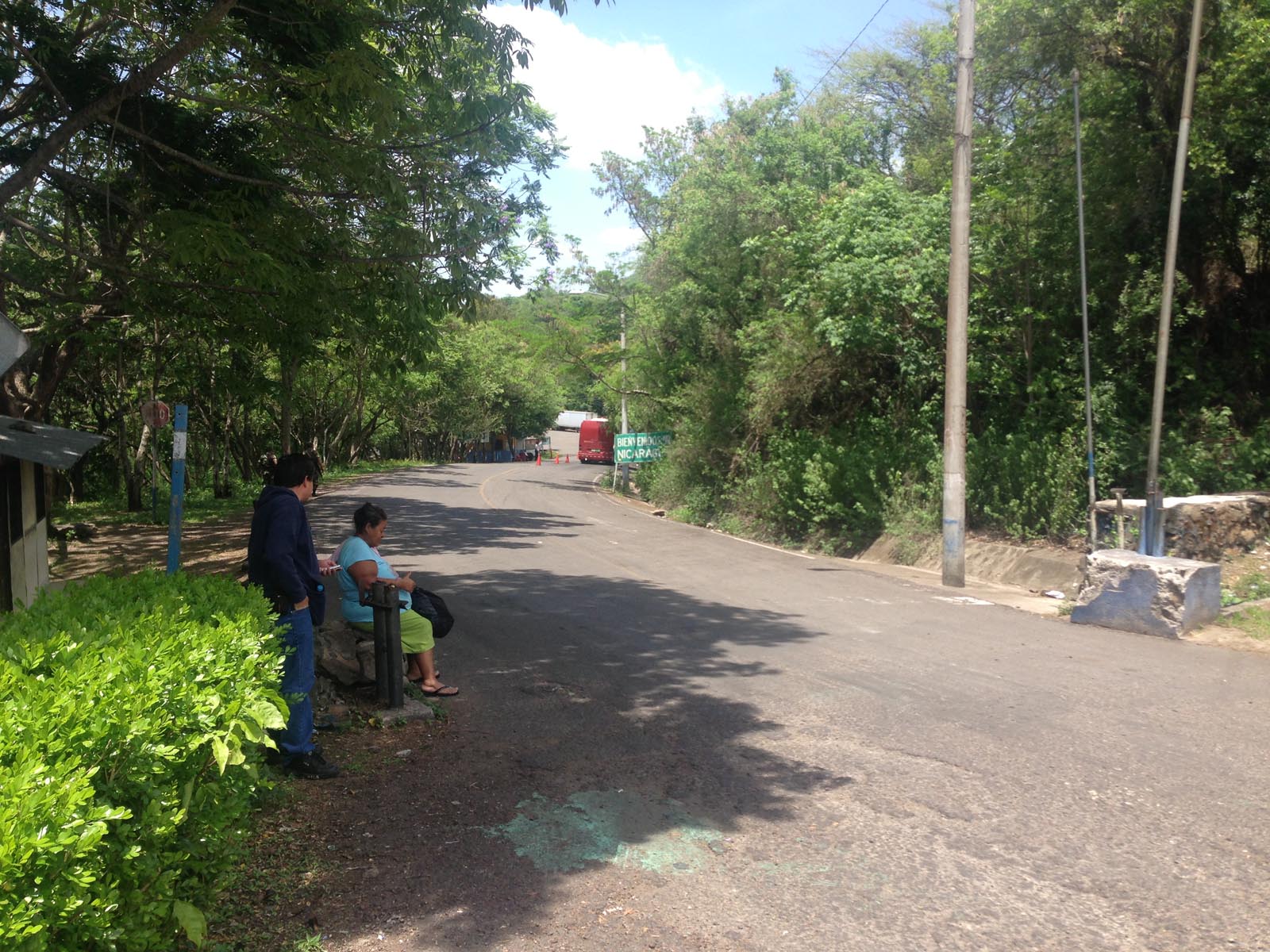
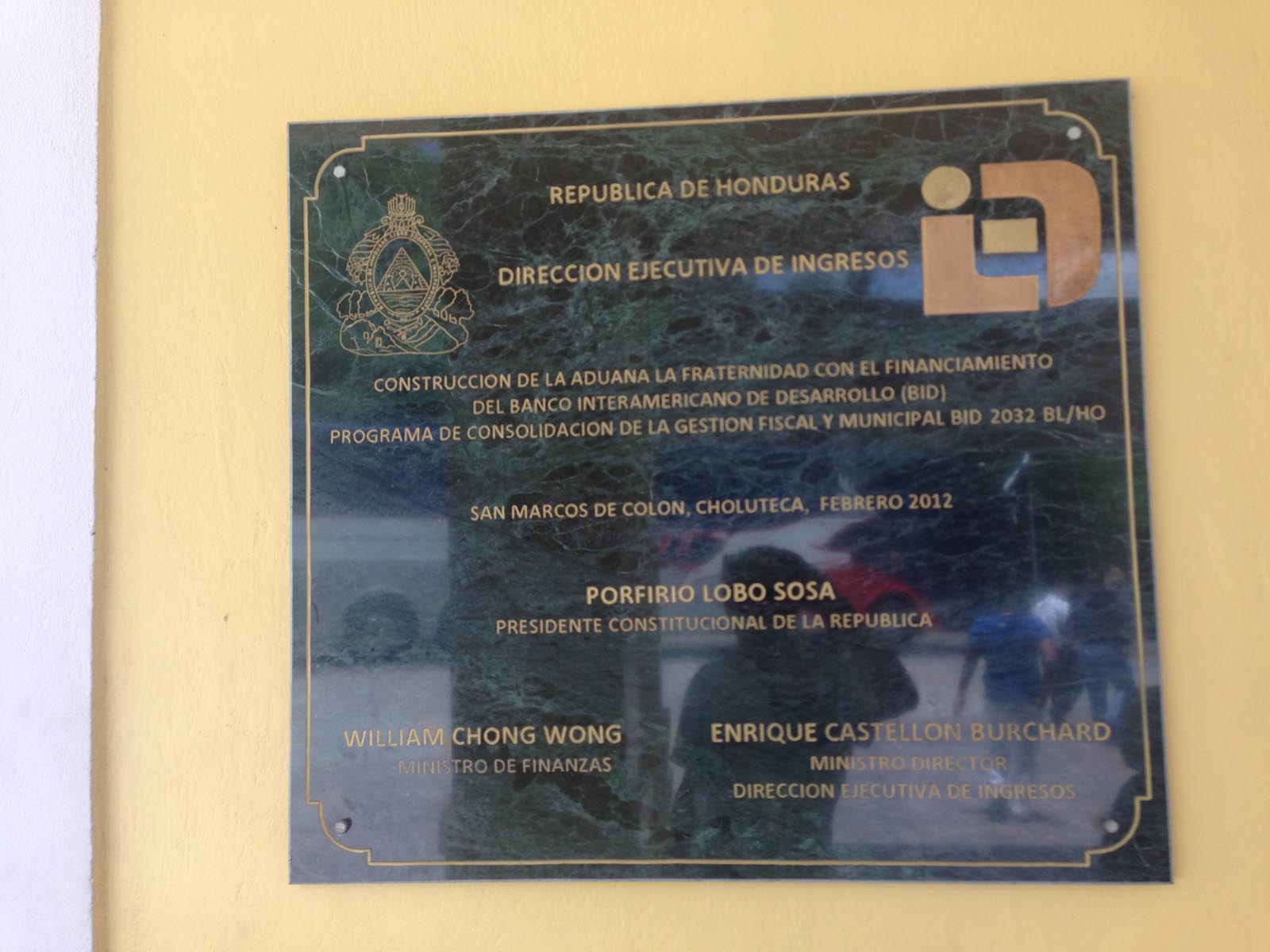
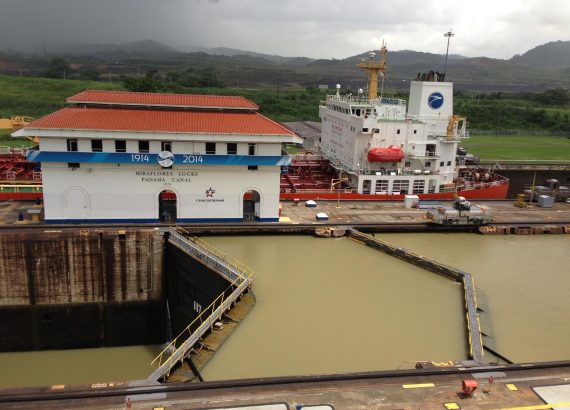
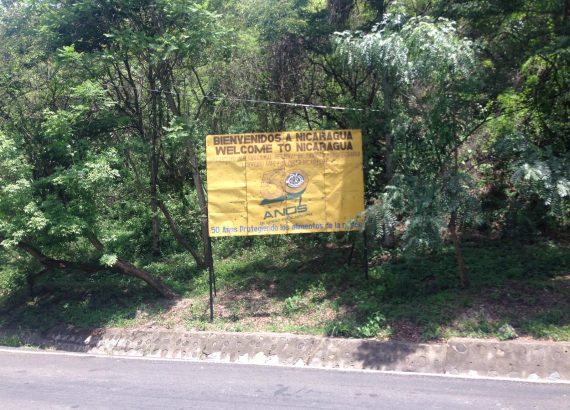
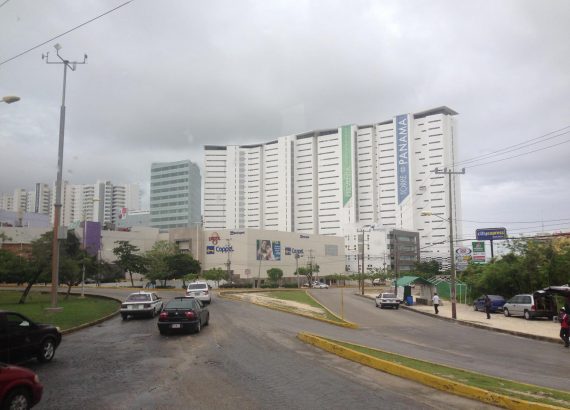
No Comments